According to documents shared with Tom's Hardware by a source, Intel will announce a new "Intel 200S Boost" feature for its Arrow Lake processors tomorrow that's designed to boost gaming performance by providing official warranty coverage for a subset of overclocking features, including memory overclocking. As you can see below, we have put the new feature through a battery of tests before its official launch and found the gains generally match our expectations for memory overclocking, with an average improvement of 7.5% over the officially supported memory speeds.
It's no secret that Intel's Arrow Lake chips delivered disappointing gaming performance at launch — in fact, they are significantly slower than even Intel's own previous-gen models. The company has since corrected multiple launch-day issues, but that has not improved overall performance. The new approach aims to leverage several existing features and package them under the warranty protection umbrella, much like AMD introduced a 105W mode to boost performance for its underperforming 65W Ryzen 9000 models. However, Intel hasn't issued any official performance projections for the new feature yet.
The Intel 200S Boost feature enhances the performance of Arrow Lake K-series processors by enabling a few overclocking features in an easy-to-use one-click BIOS profile, but the new settings don't impact CPU clock speeds or power settings above current warranty limitations. Instead, the tweaks optimize specific memory and fabric speeds, marking the first time Intel has offered official warranty coverage for potential chip damage resulting from XMP memory overclocking profiles or adjusting fabric speeds.
There are, however, several caveats, and the tweaks are already well known to the enthusiast and overclocking community. Firstly, Intel now covers "up to" DDR5-8000 memory speeds within its warranty; however, not all chips will be able to reach that speed, and because the approach is still considered overclocking, Intel does not guarantee system stability with XMP profiles. As we demonstrate below, more affordable and easily supported DDR5-7200 kits offer nearly the same performance in most games and applications we tested.
Swipe to scroll horizontally
| Row 0 - Cell 0 | Core Ultra 200S Stock (K-Series) | 200S Boost | Voltage Limitations |
D2D | 2.1 | up to 3.2 GHz | VccSA ≤ 1.2V |
NGU Fabric | 2.1 | up to 3.2 GHz | VccSA ≤ 1.2V |
DDR5 Speeds (UDIMM/CUDIMM) 1DPC | DDR5-6400 | up to DDR5-8000 | VDD2 ≤ 1.4V and VccSA ≤ 1.2V (DIMM - VDDQ and VDD ≤ 1.4V) |
The 200S Boost feature will be integrated into BIOS revisions from major motherboard vendors, with BIOS updates expected to arrive tomorrow from at least a few OEMs. The feature will only be implemented on Z-Series motherboards, which is a curious limitation given that Intel now supports memory overclocking on B-Series boards. It's also only available on K- and KF-series SKUs.
The 200S Boost profile also increases the speed of the Next Generation Uncore (NGU/SA Fabric), which enables communication between various chip elements, such as the CPU cores, memory controllers, and other components. This interface is upgraded from its standard 2.6 GHz speed to 3.2 GHz. Additionally, the Die-to-Die (D2D) communication fabric, which serves as a bridge between the Compute and SOC tiles or dies present inside the Arrow Lake chip, is increased from its stock 2.1 GHz to 3.2 GHz.
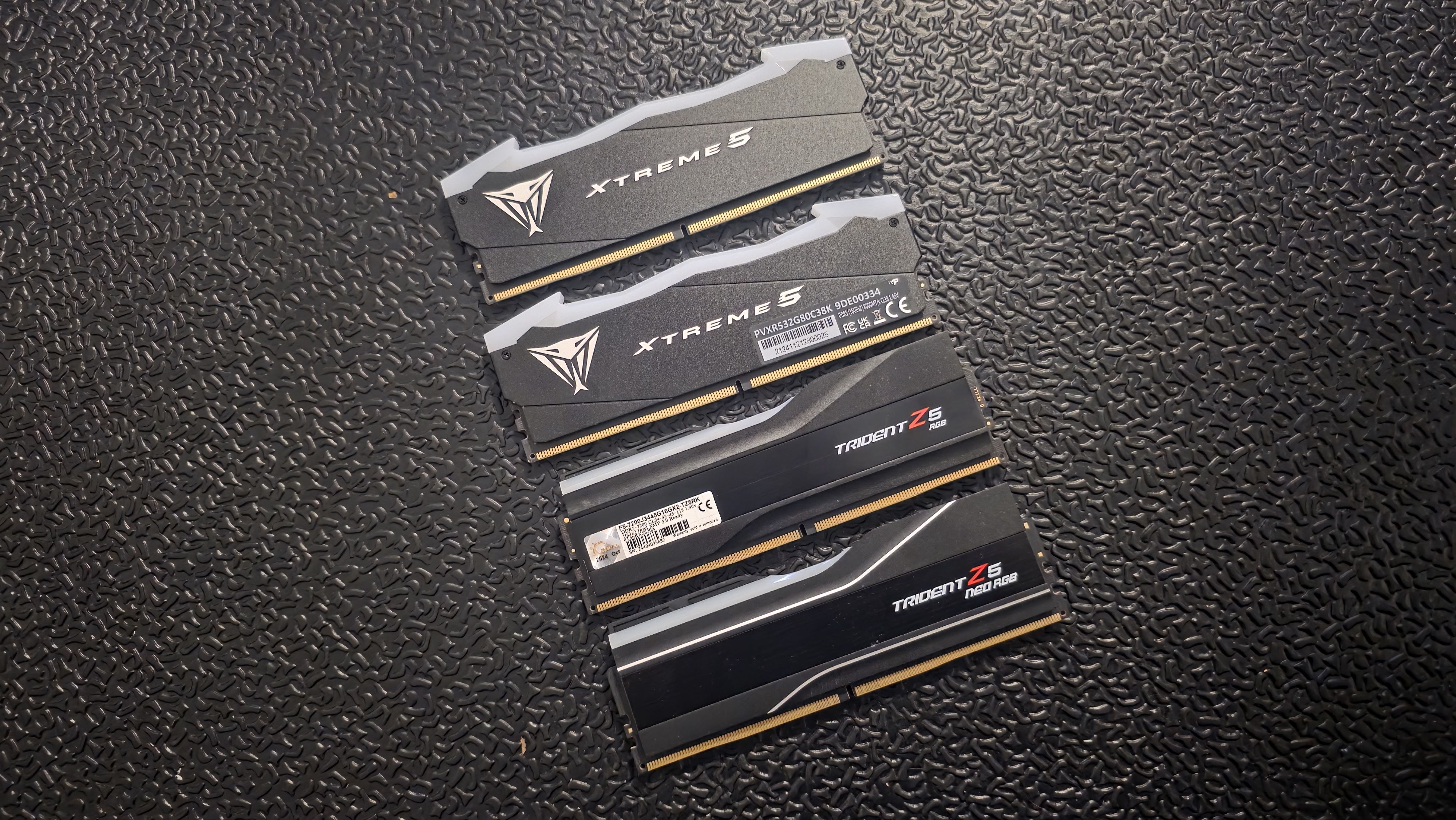
Intel is also obviously wary of motherboard vendors pushing the limits with their BIOS settings (which they have been known to do) and thus creating another potential chip reliability issue. As such, the company has also instituted several guardrails around the feature, with strict limitations that prevent motherboard makers from altering any other features, such as CPU clock speeds or power thresholds, as part of the 200S Boost settings. Intel also has voltage ceilings for the System Agent and memory that cannot be exceeded. You cannot use XMP kits that exceed the DIMM voltage ratings. The limits are listed in the table above.
The OEMs are allowed to tailor their voltage and speed settings within those constraints to optimize performance with their product. Any manual manipulation by the end user of clocks or other settings will automatically disable the 200S Boost profile, reverting you to manual overclocking. This feature also locks the overclocking mailbox to prevent OS-based overclocking. Finally, 200S Boost is entirely opt-in; it can't be enabled by default in the BIOS and requires users to turn it on.
Intel 200S Boost is separate from the Intel Performance Optimization (IPO) program, a China-specific collaboration between Intel and System Integrators (SIs) that facilitates more robust overclocking, including clock speeds and power settings. However, the SIs carry the warranty for that program, and Intel has no current plans to bring the IPO program to other regions.
Now on to the benchmarks.
Intel 200S Boost Gaming Performance
The 200S Boost feature is built on firmware with an MR1 or newer revision. We tested with the Core Ultra 9 285K on the MSI MEG Z890 ACE motherboard with a .1A53 BIOS revision that supports adding the feature, although it is not explicitly enabled yet. We merely recreated the correct settings for the feature in this BIOS, and sources close to the matter have confirmed that our results align with general expectations.
We tested six configurations and three memory speeds across 16 games at 1080p. The tested memory speeds include the stock DDR5-6400 with JEDEC timings, which was the previous limit for Intel's warranty, as well as the cost- and compatibility-friendly DDR5-7200 speed we use for our CPU reviews (32GB G.Skill Trident Z5 RGB DDR5-7200 kit for both). We also tested with a 32GB Patriot Extreme 5 DDR5-8000 kit to measure the peak supported XMP speeds.
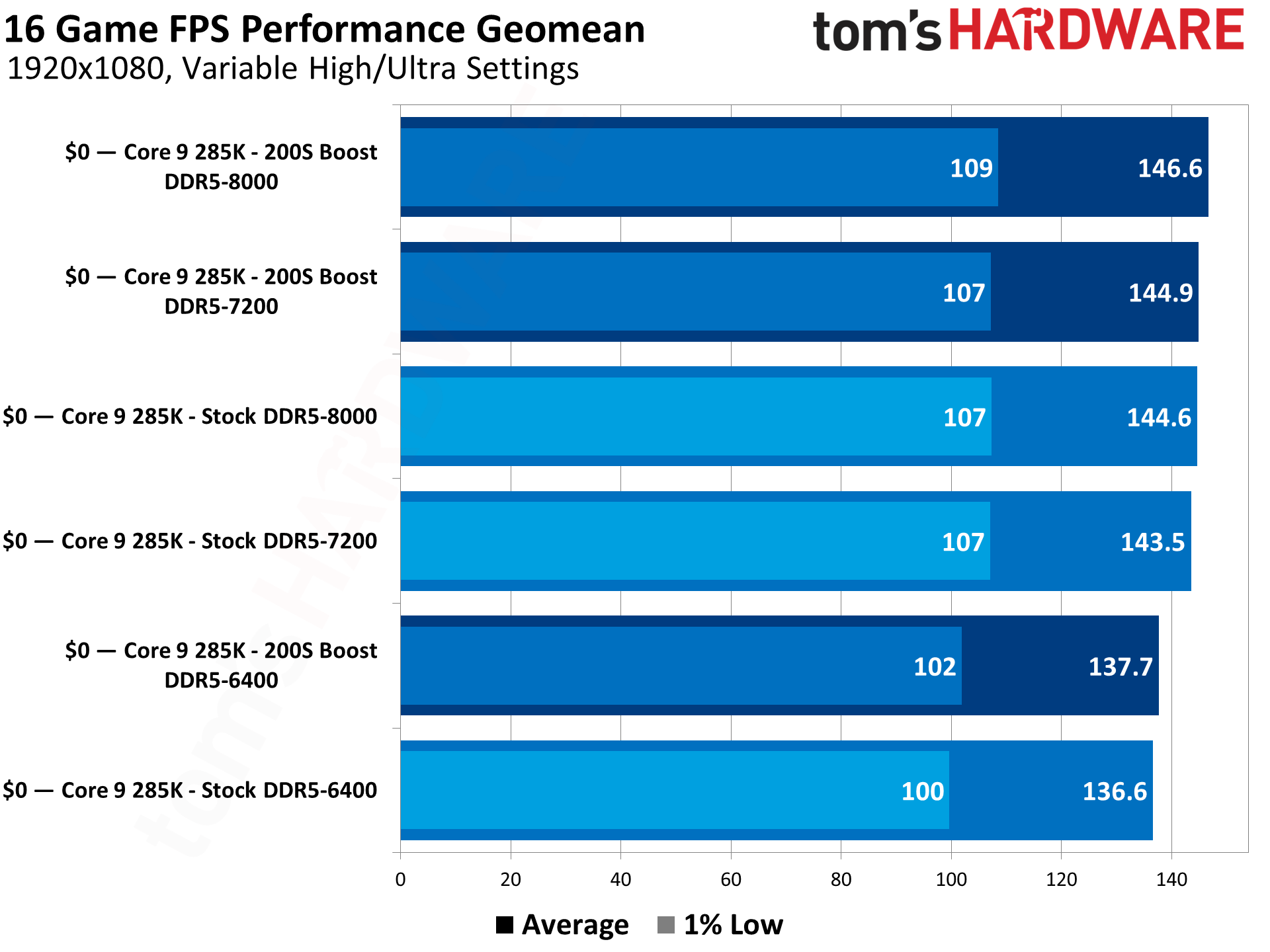
The first slide displays the geometric mean of our gaming tests, which we conducted using an RTX 5090 Founders Edition. We tested the different memory speeds with the fabrics at stock settings and the listed memory speed (marked as stock in the chart), and then retested after increasing the fabric speeds to the higher 3.2 GHz threshold (marked as '200S Boost').
The largest increase in performance undoubtedly comes from memory overclocking. Moving from the stock DDR5-6400 configuration to the peak DDR5-8000 with fabric overclocking (200S Boost) yielded a 7.5% performance increase in our overall measurement. Naturally, performance increases vary by title, from as low as a 3.7% increase in A Plague Tale: Requiem to an 11.6% increase in Baldur's Gate 3. The per-game results generally hover in the 7% to 9% range. The titles that benefit most are simply the memory-sensitive titles, so there are no surprises here.
We, like many other outlets, test with a DDR5-7200 XMP profile as our default memory configuration. We chose this speed because it is widely supported by most chips (you may encounter issues with DDR5-8000 UDIMMs on some chips or motherboards) and it is more affordable — 32GB DDR5-8000 kits typically carry a $45 to $60 (43 to 57%) premium, yet deliver precious little extra performance.
We see that trend hold strong in our results, with the DDR5-8000 200S Boost configuration only being a mostly imperceptible 1.2% faster performance overall in 1080p gaming. Our advice for most enthusiasts remains the same — DDR5-7200 is the sweet spot for price and performance.
We have experimented with overclocking the fabric speeds in the past, but we found the increased performance to be largely unremarkable unless you are engaging in heavy overclocking of the CPU cores, which is not allowed in tandem with the 200S Boost feature.
To determine the impact of fabric speeds on the overall performance improvement, we toggled the fabrics between 200S Boost and Stock fabric settings for each memory speed. As you can see, it did give at least some boost in performance, but the gains undoubtedly fall into the imperceptible range. For instance, we measured a sub-1% increase in performance when using higher fabric clocks with the DDR5-6400 and DDR5-7200 configurations, and a 1.4% increase with the DDR5-8000 configuration.
It's possible that you could eke out higher gains from the fabric tweaks with lesser chips, like the Core Ultra 7 265K and the Core Ultra 5 245K, but you should keep your expectations in check.
We'll see how the fully-boosted Intel chips stack up against the competition further below.
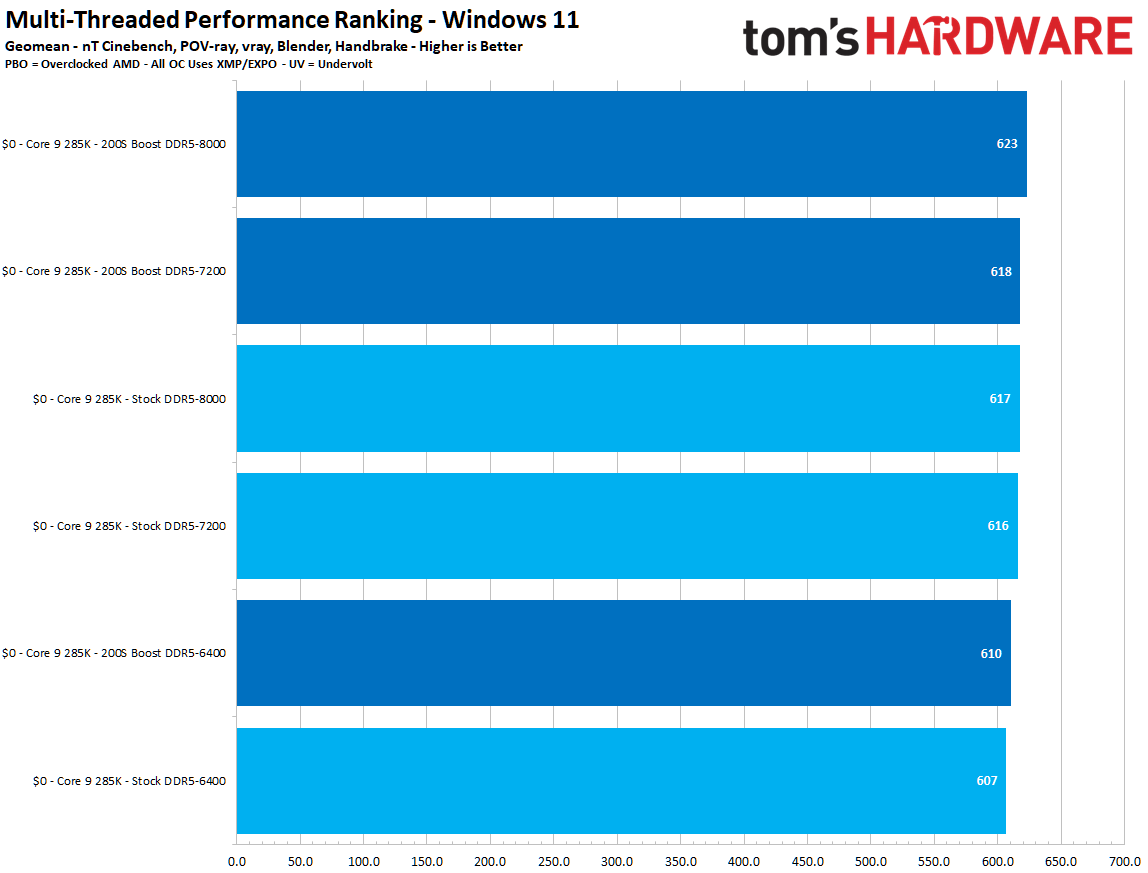
In the interest of due diligence, we ran the chips through several productivity application benchmarks to assess the impact, but the results were entirely predictable — applications that benefit from memory overclocking saw small gains, while others saw none at all. In fact, the variations mostly fall within our expected run-to-run variance, so you shouldn't expect significant uplift in productivity applications.
The competitive landscape is basically unchanged
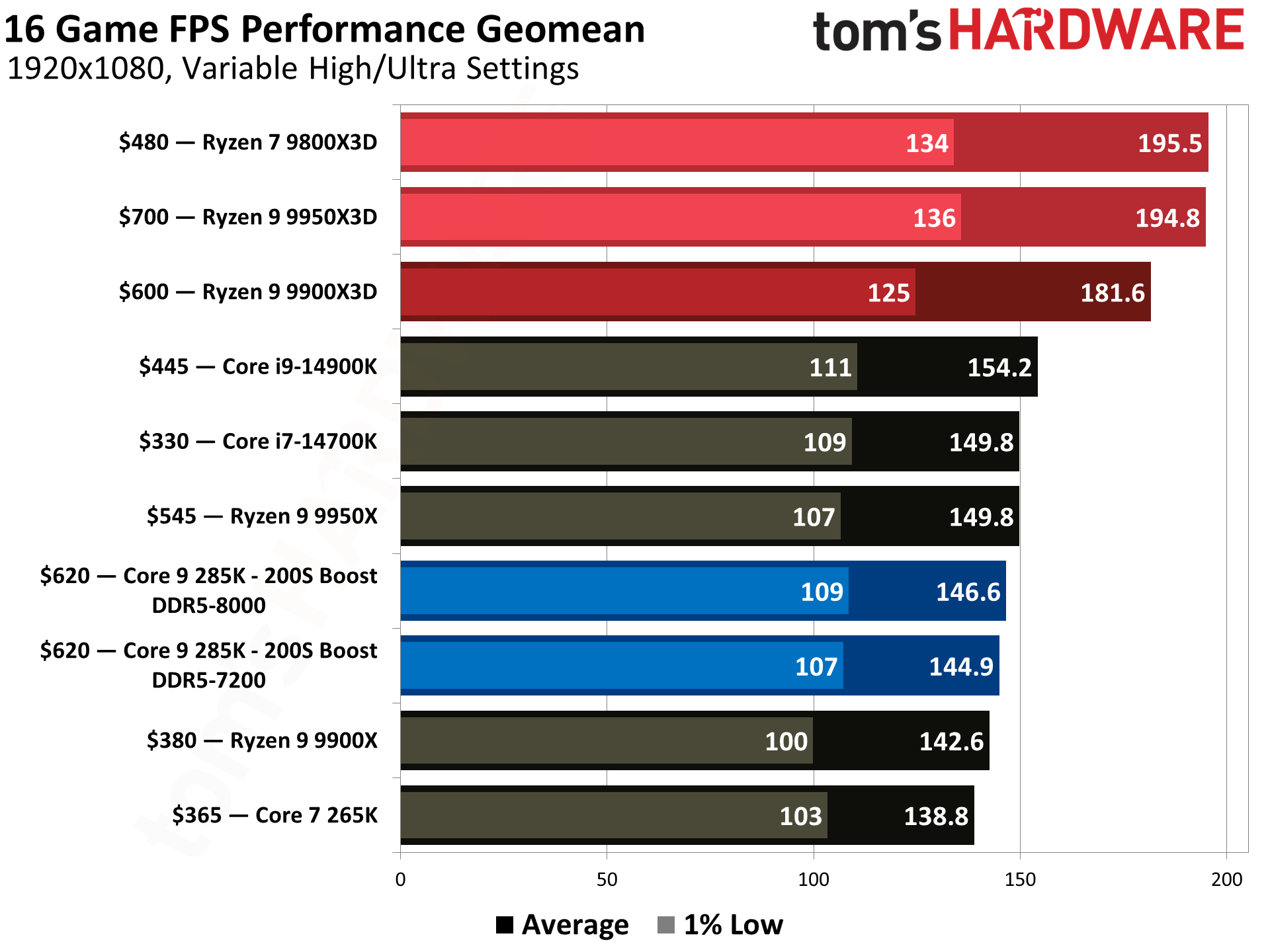
Here we've added the primary competitors for the Core Ultra 9 285K to the test results, and as you can see, the landscape remains largely unchanged from our most recent testing. Notably, we don't see as significant a gain because we test all processors with reasonable XMP settings applied as our stock configuration in reviews.
The fact that Arrow Lake couldn't match the gaming performance of Intel's own prior-gen Raptor Lake Refresh chips was one of the most disappointing aspects for enthusiasts. That still remains the case; the Core i9-14900K is now 6.5% faster than the 285K, whereas it was 9% faster in our prior testing (with both at DDR5-7200). That change isn't enough to drastically change the value equation between the Intel chips.
The situation also remains rough in comparison to AMD's competing models — the 285K is now about 3% slower than the Ryzen 9 9950X, roughly halving the distance between the two and bringing it closer to a draw, but the gaming-optimized X3D chips continue to dominate by almost absurd amounts. Here, the much less expensive Ryzen 7 9800X3D and its premium counterpart, the Ryzen 9 9950X3D, still hold a 30%+ lead in gaming, so it remains a no-contest if you're strictly focused on gaming performance.
Despite the addition of new fabric tweaks and support for up to DDR5-8000, we still recommend that most users stick with DDR5-7200 — stepping up to DDR5-8000 incurs a significant cost for only about 1% more performance.
Overall, the new 200S Boost feature doesn't alter the competitive landscape, but it does provide an easy-to-use option for less-advanced users to gain a few extra percentage points of performance. The addition of warranty coverage for damage associated with the limited XMP memory or fabric overclocking is nice, but moderate memory overclocking is typically fairly safe in either case.
Intel is expected to officially announce the 200S Boost feature tomorrow, we'll follow up with further details as warranted.

 6 months ago
94
6 months ago
94
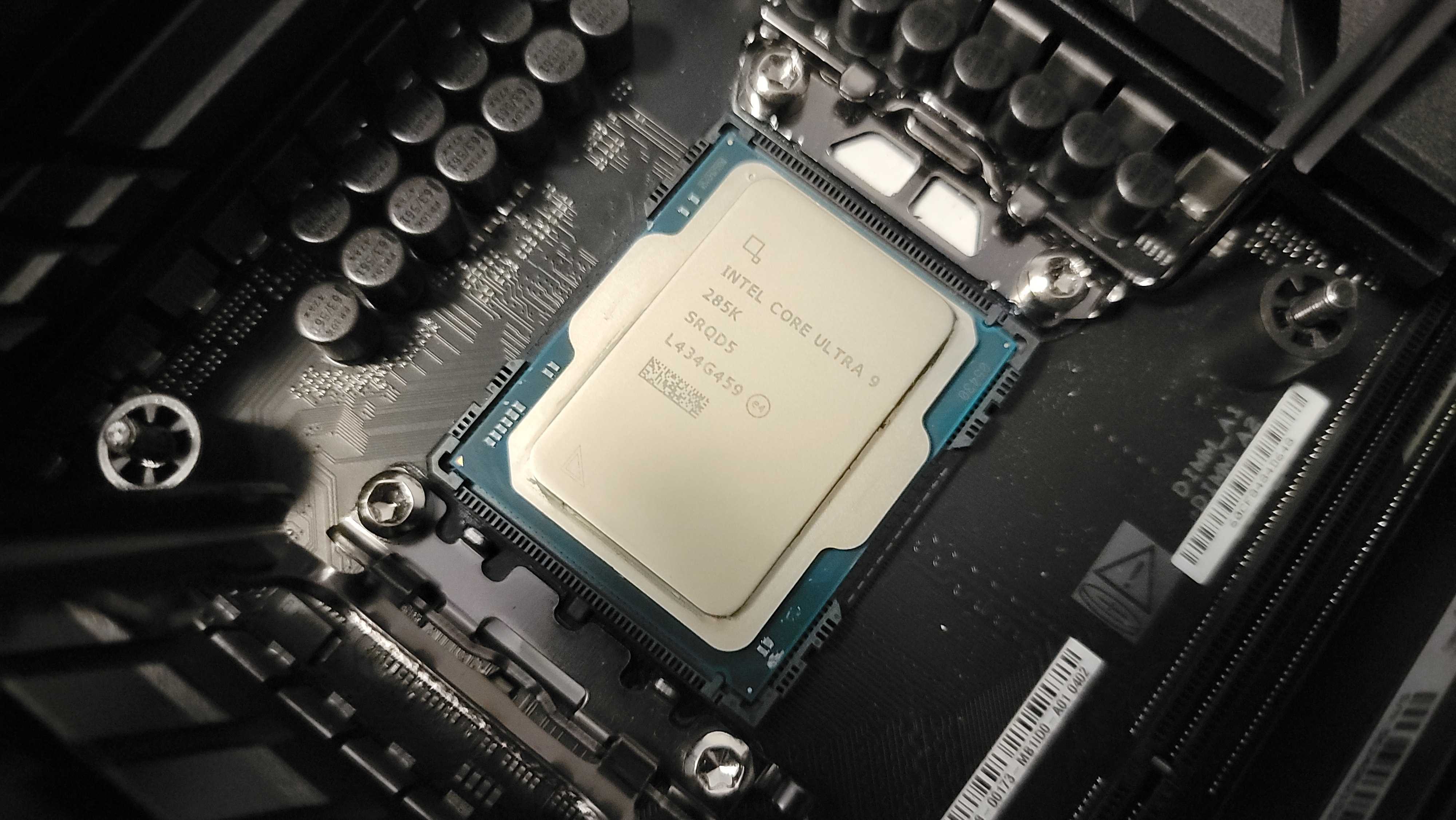

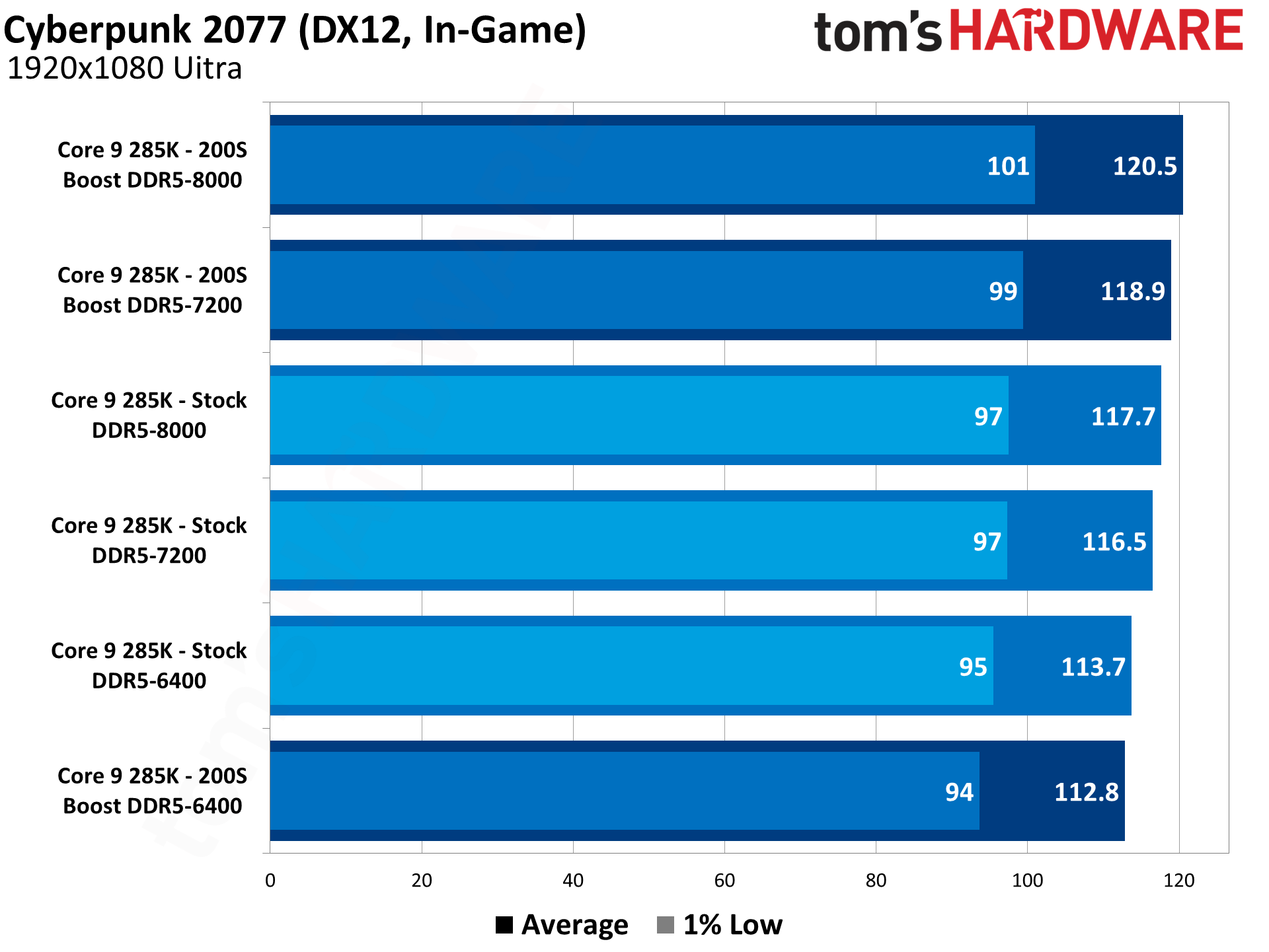
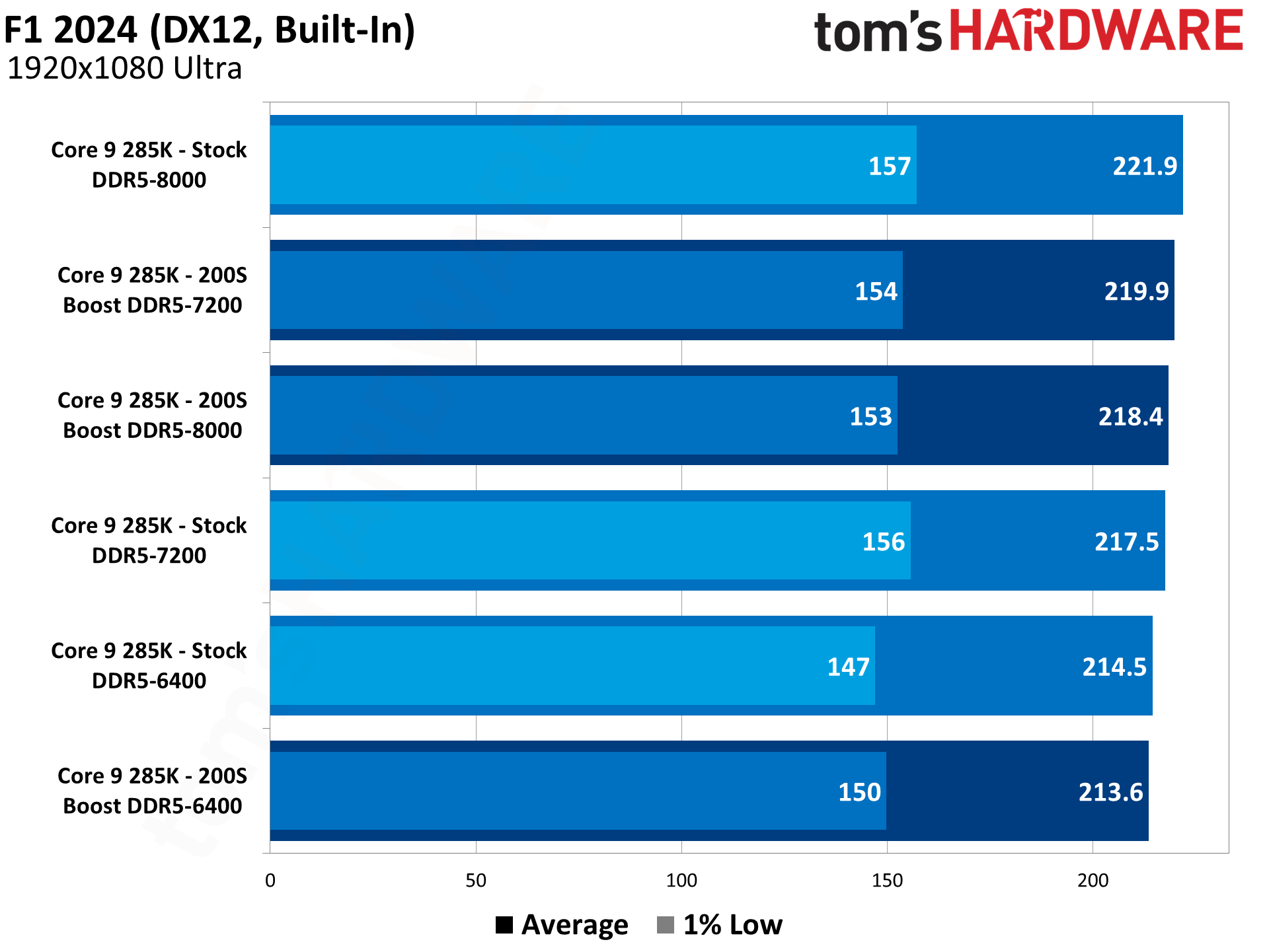
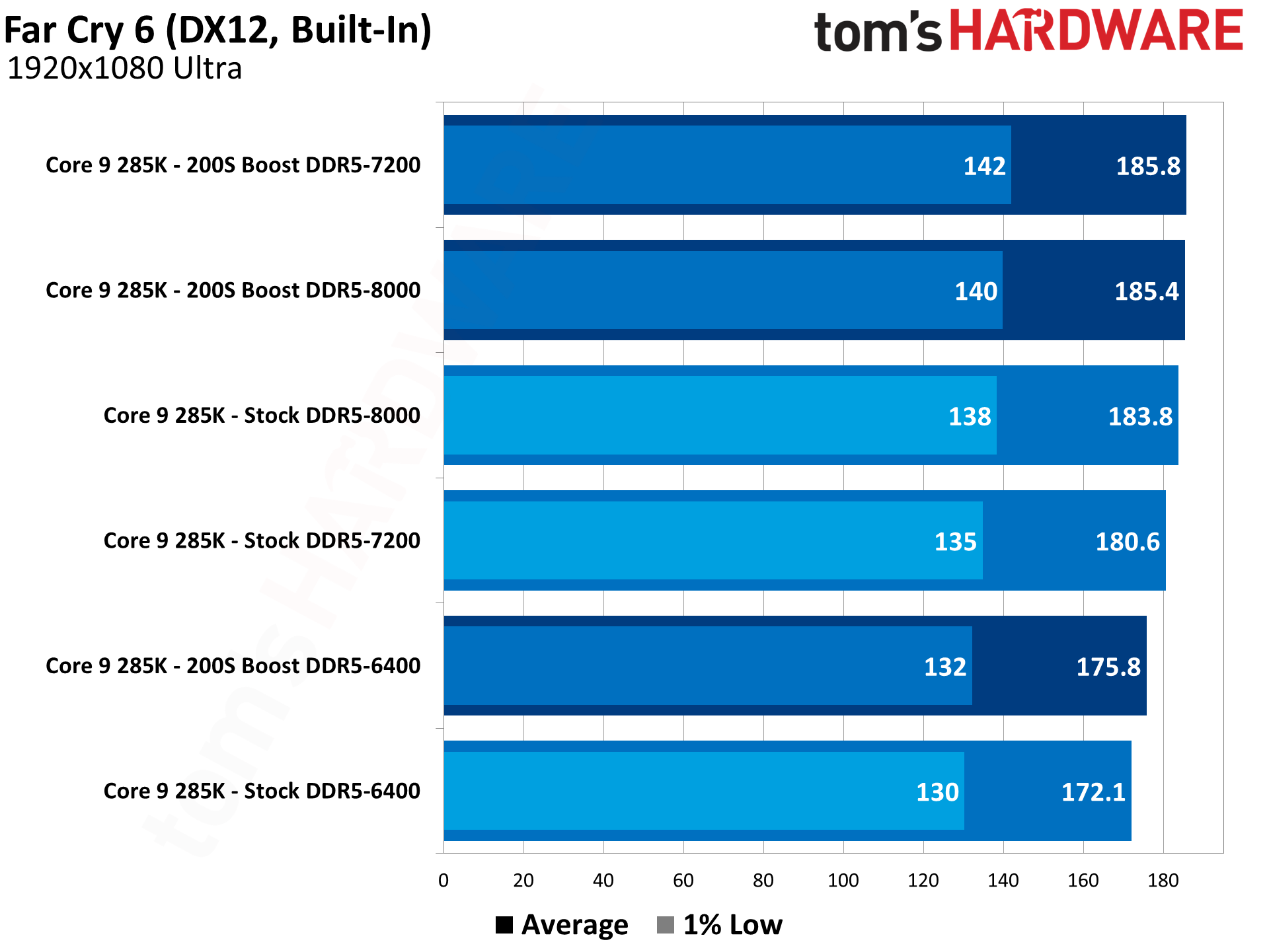
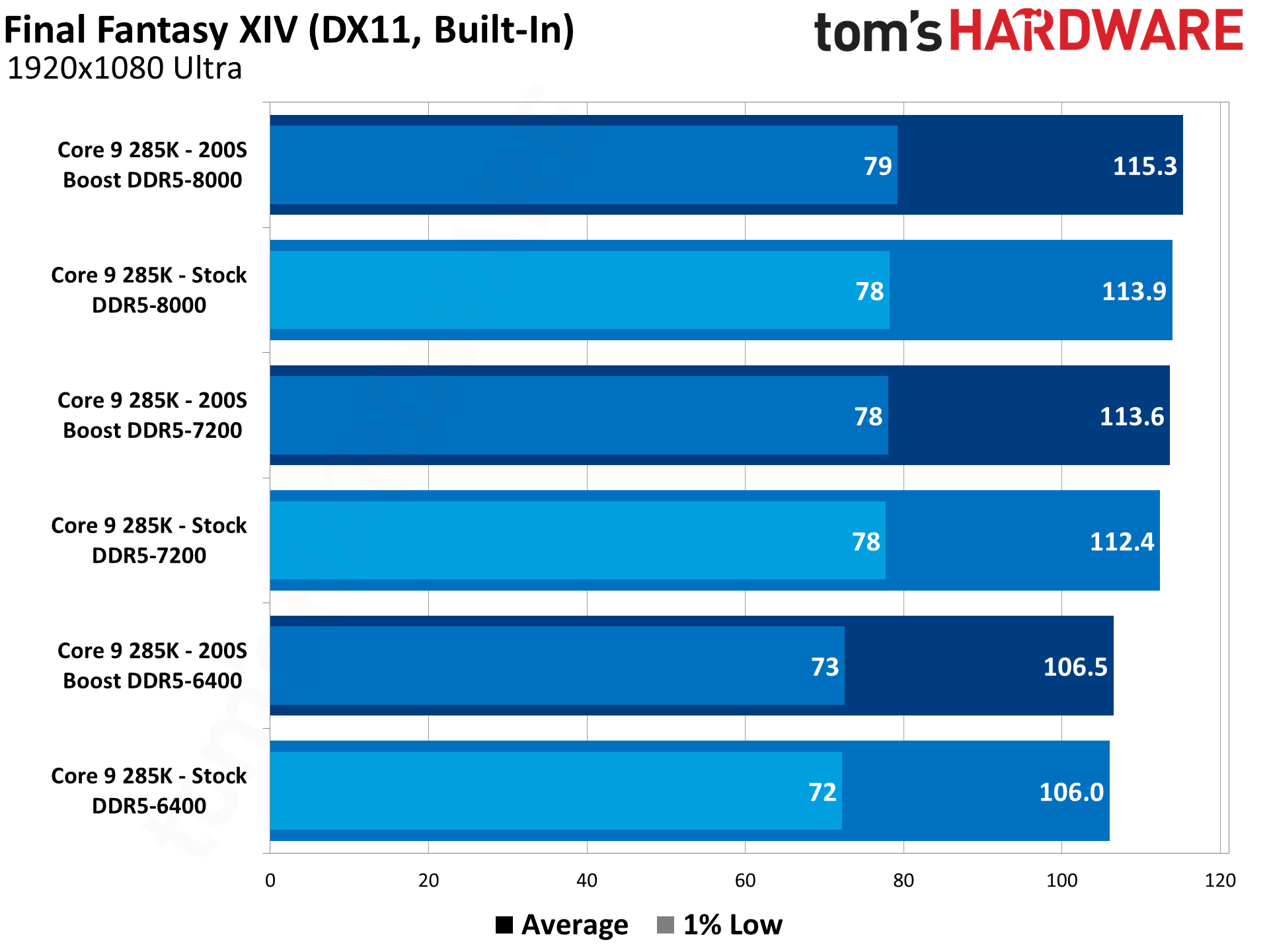
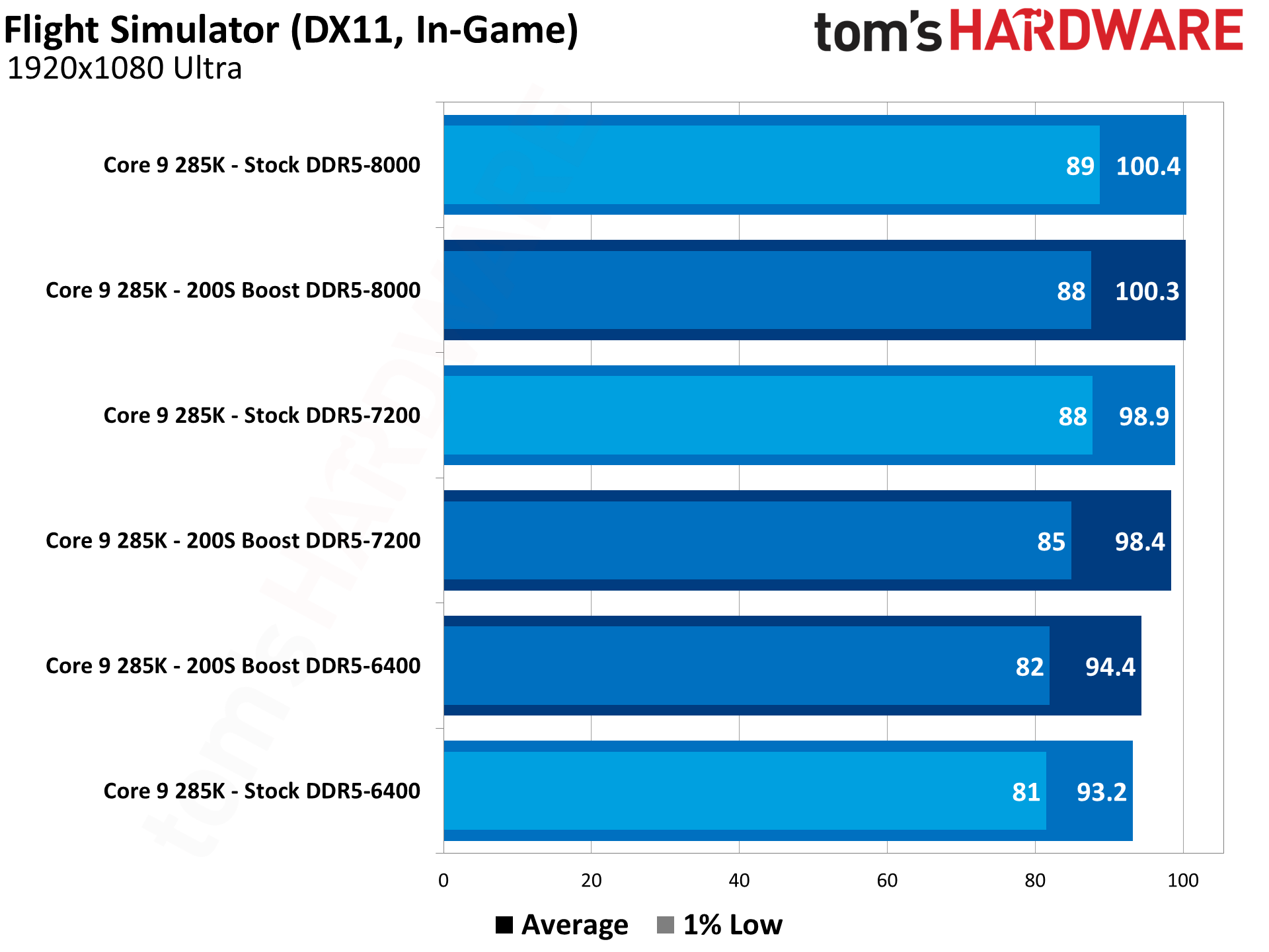
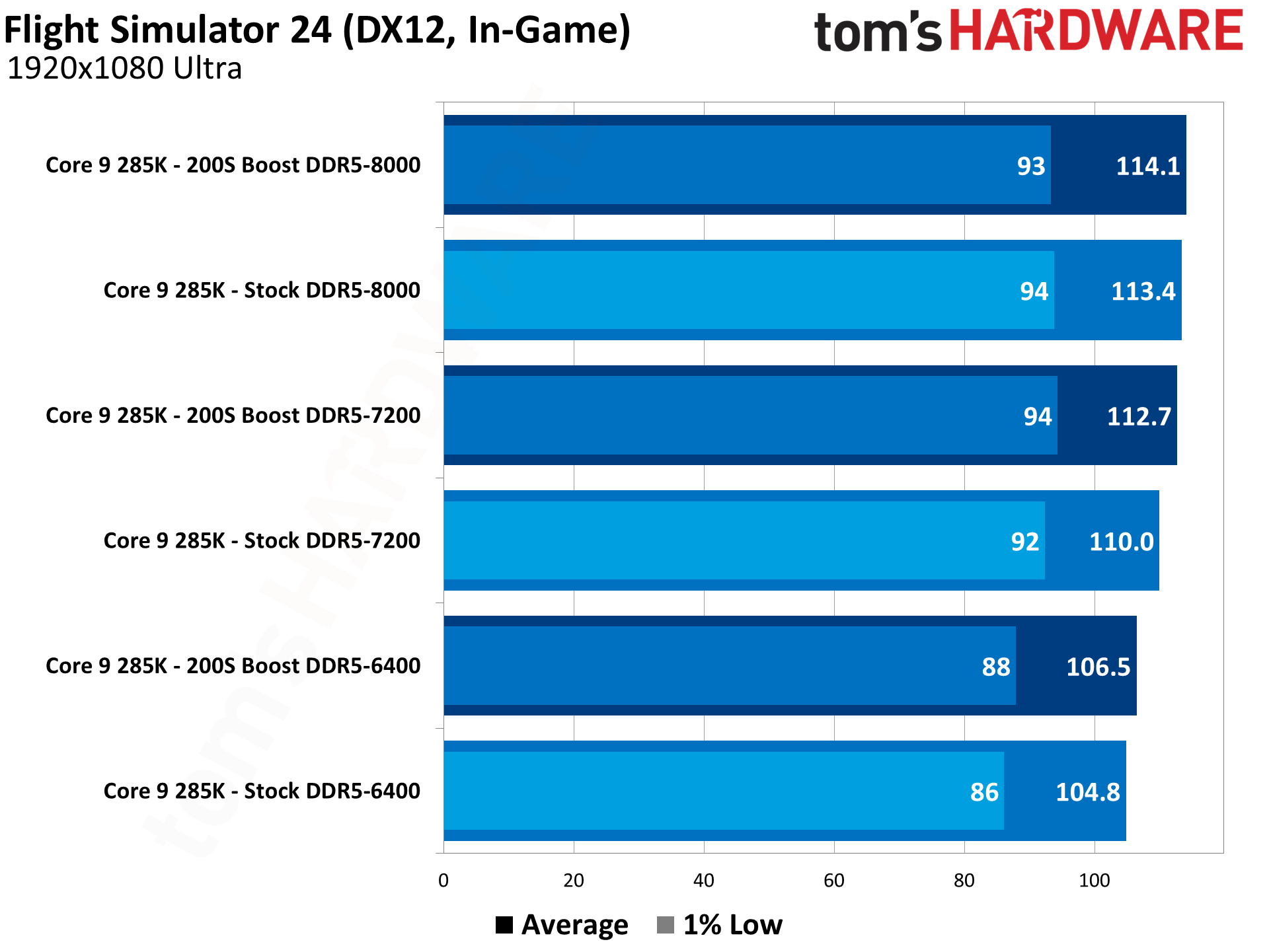
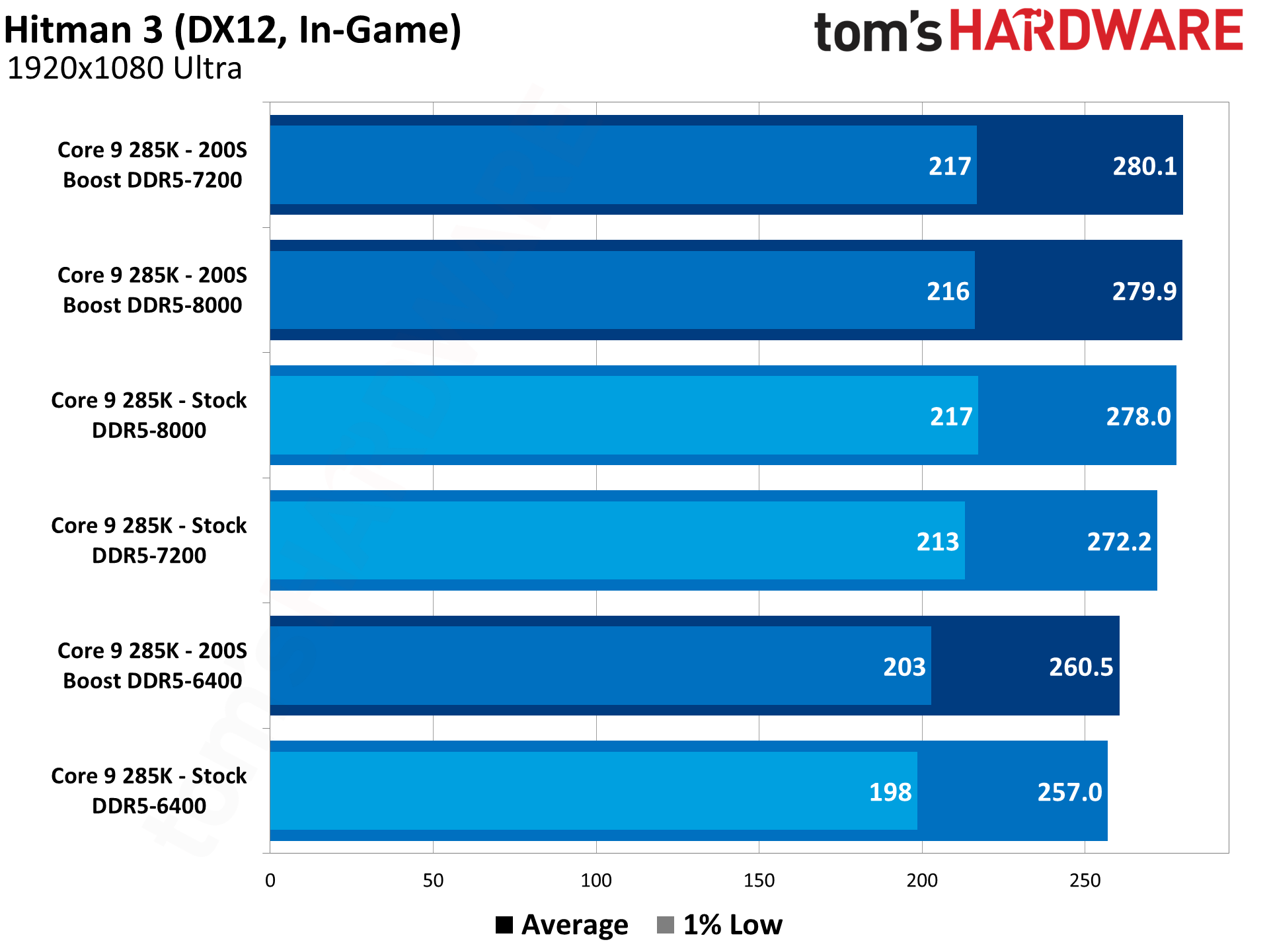
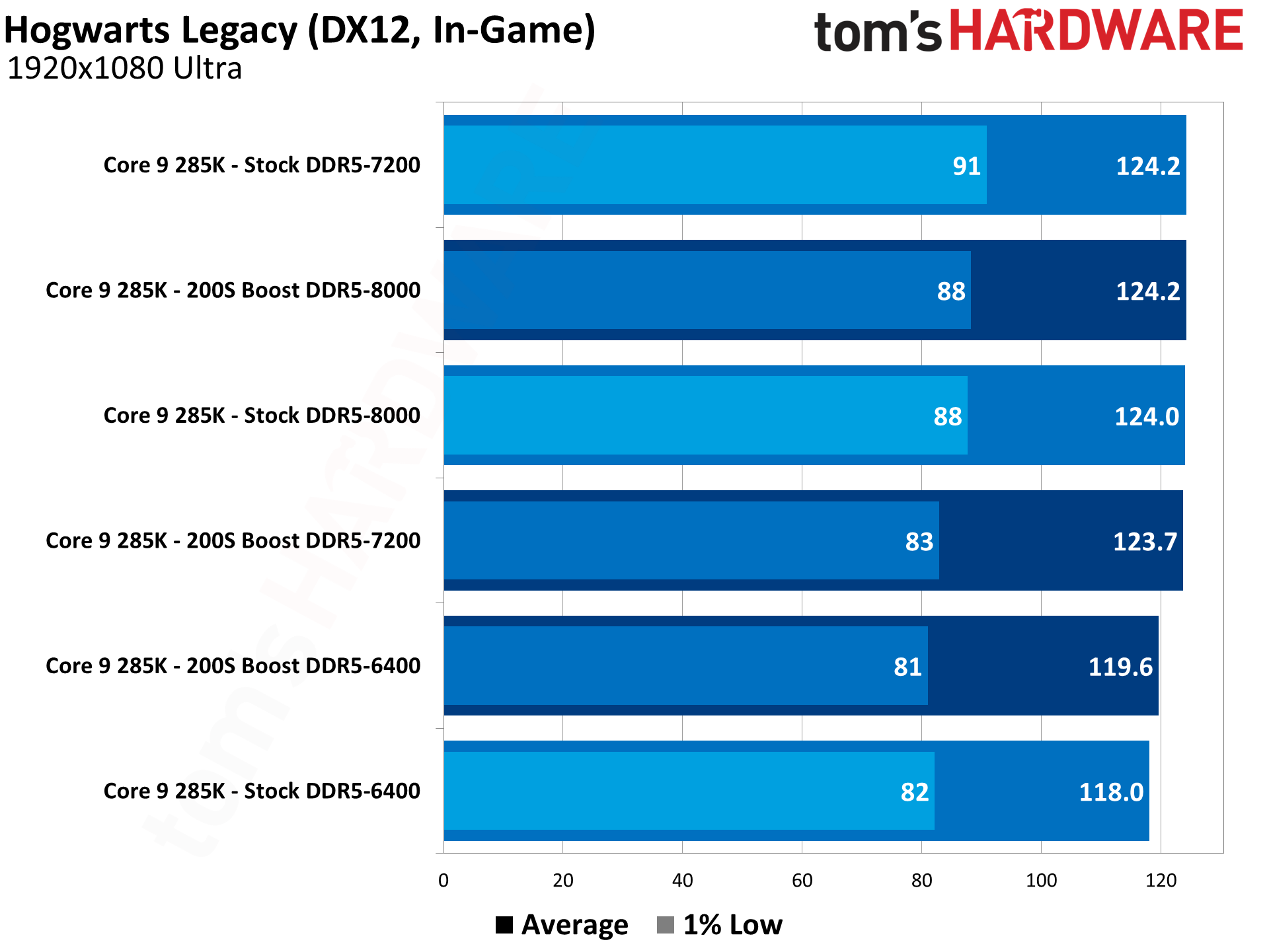
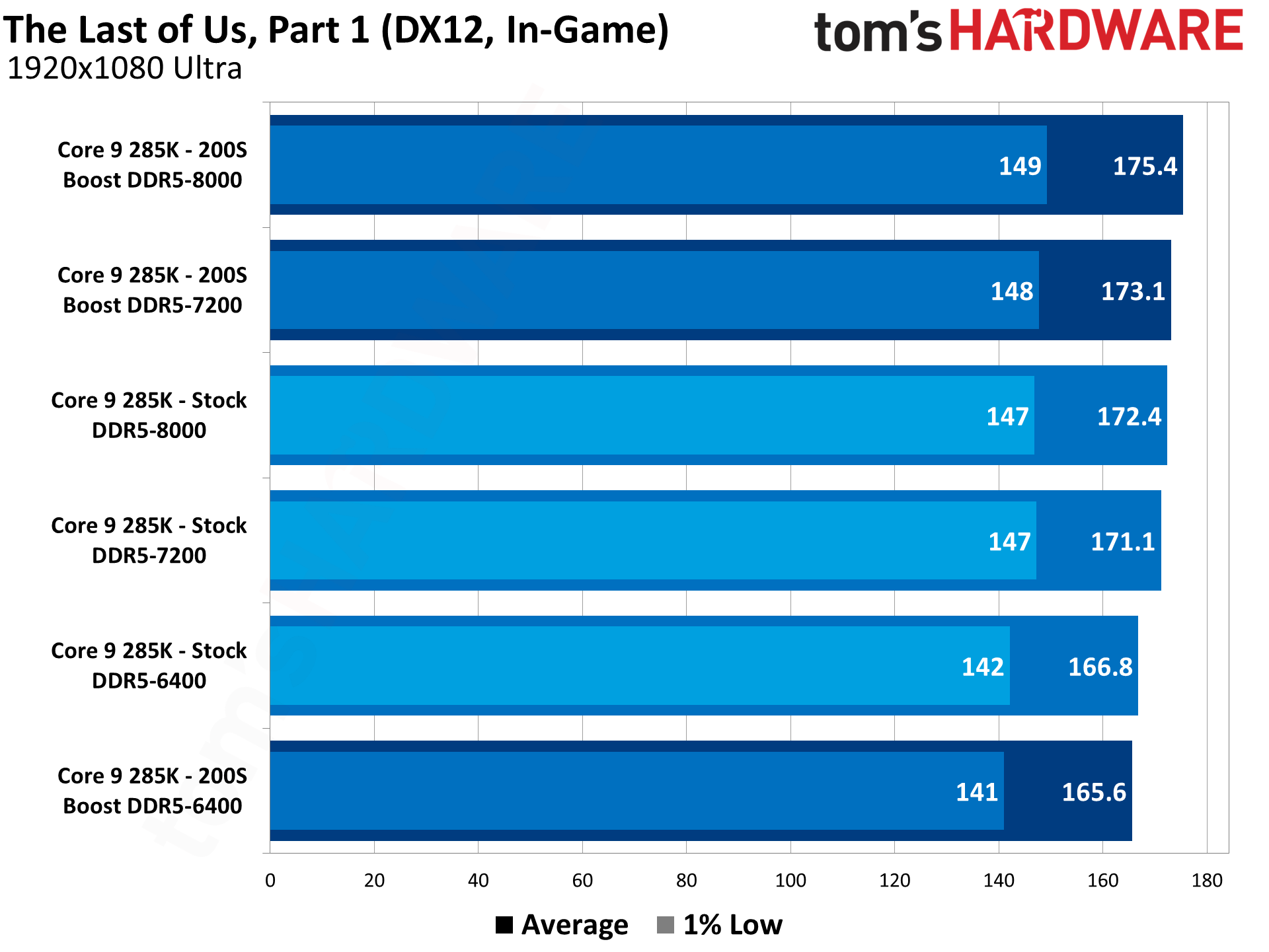
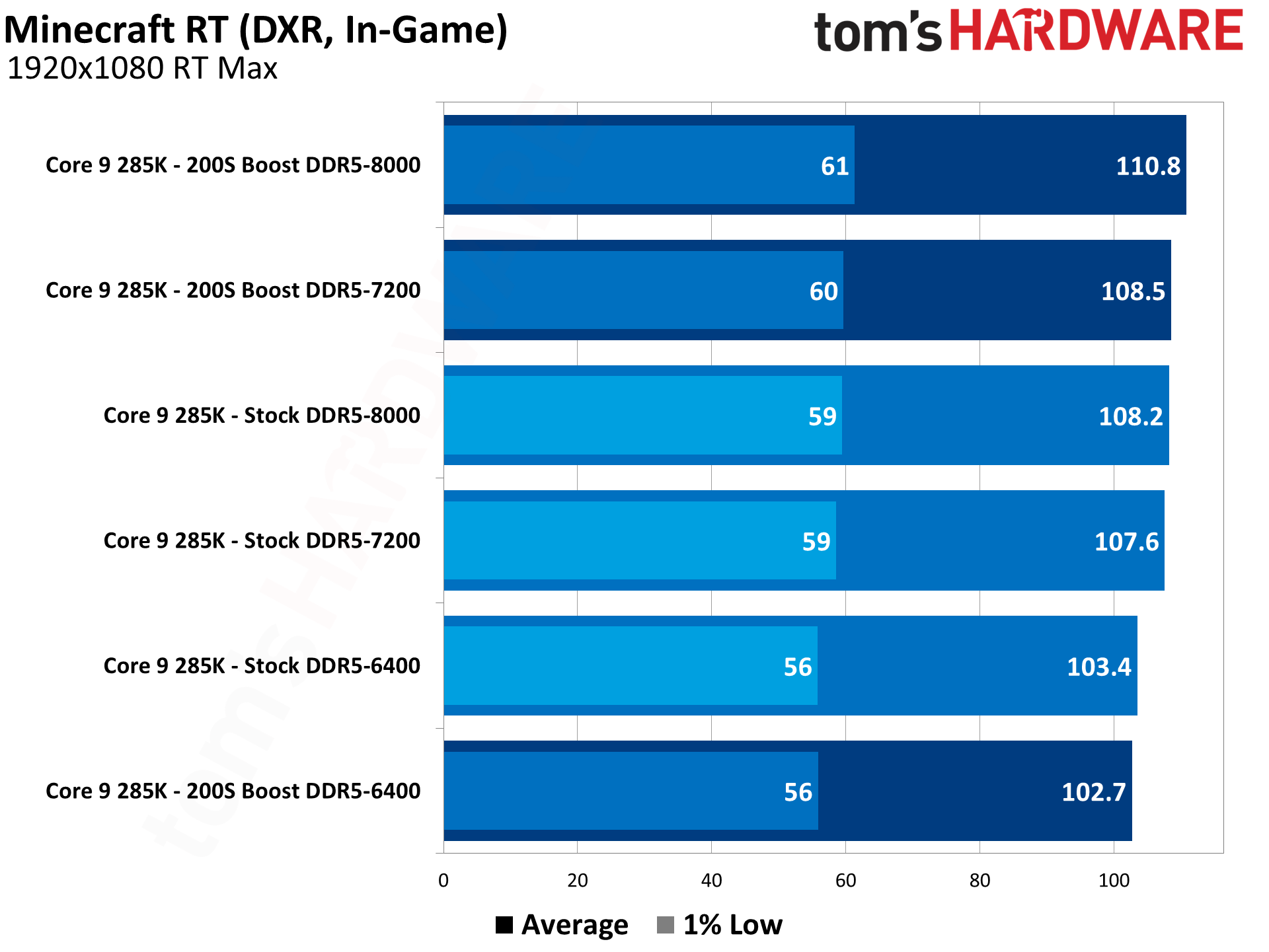
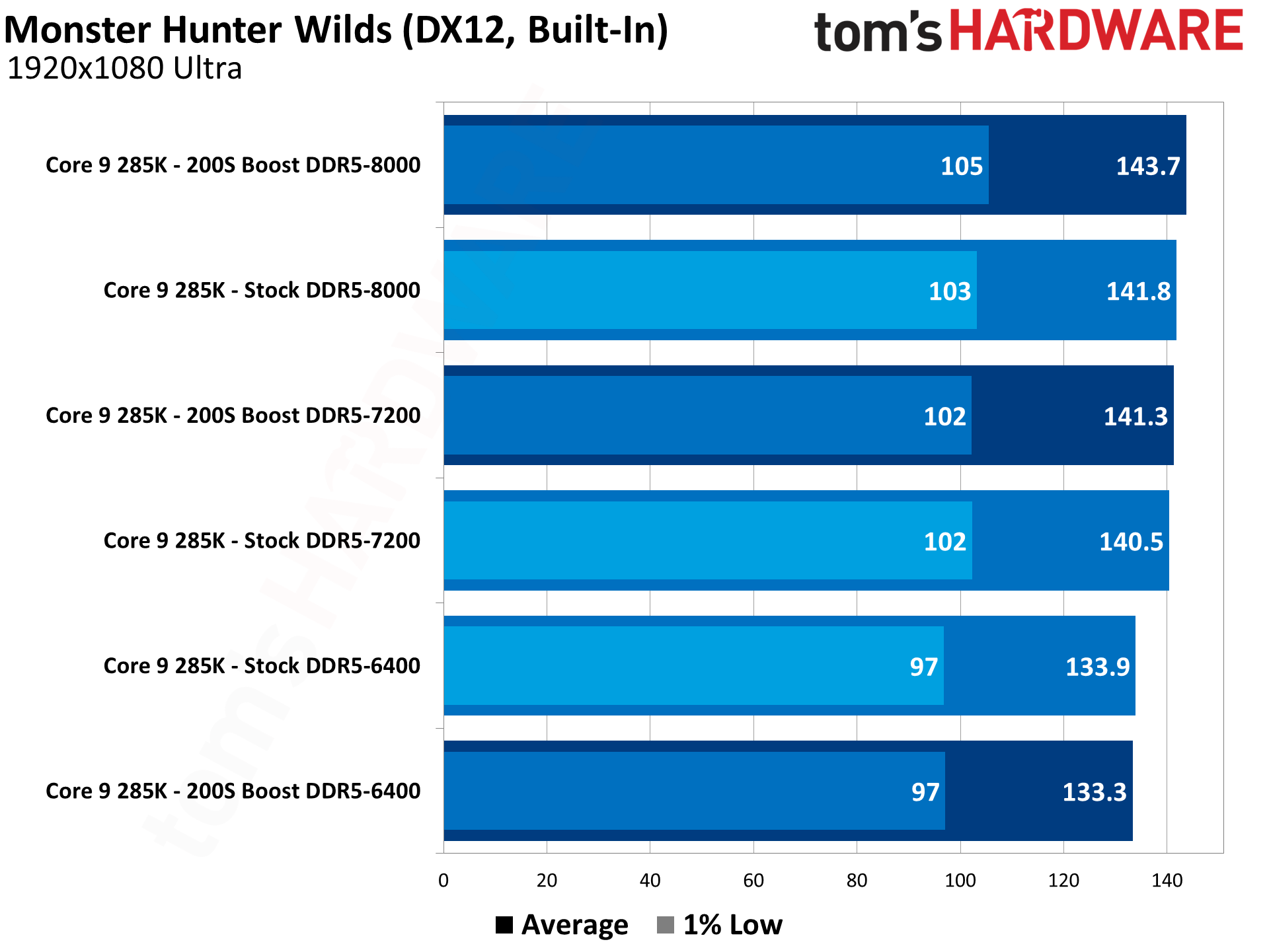
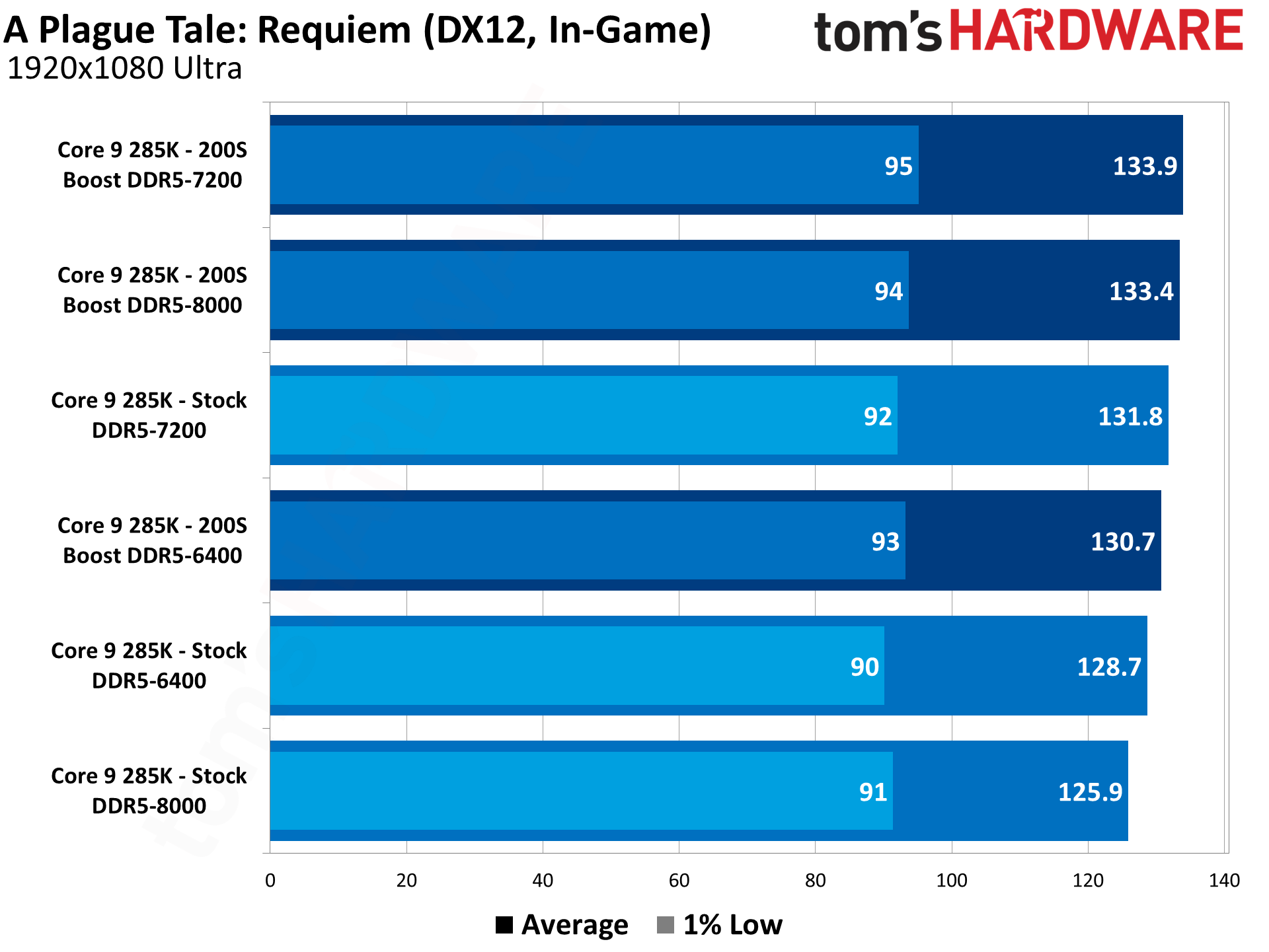
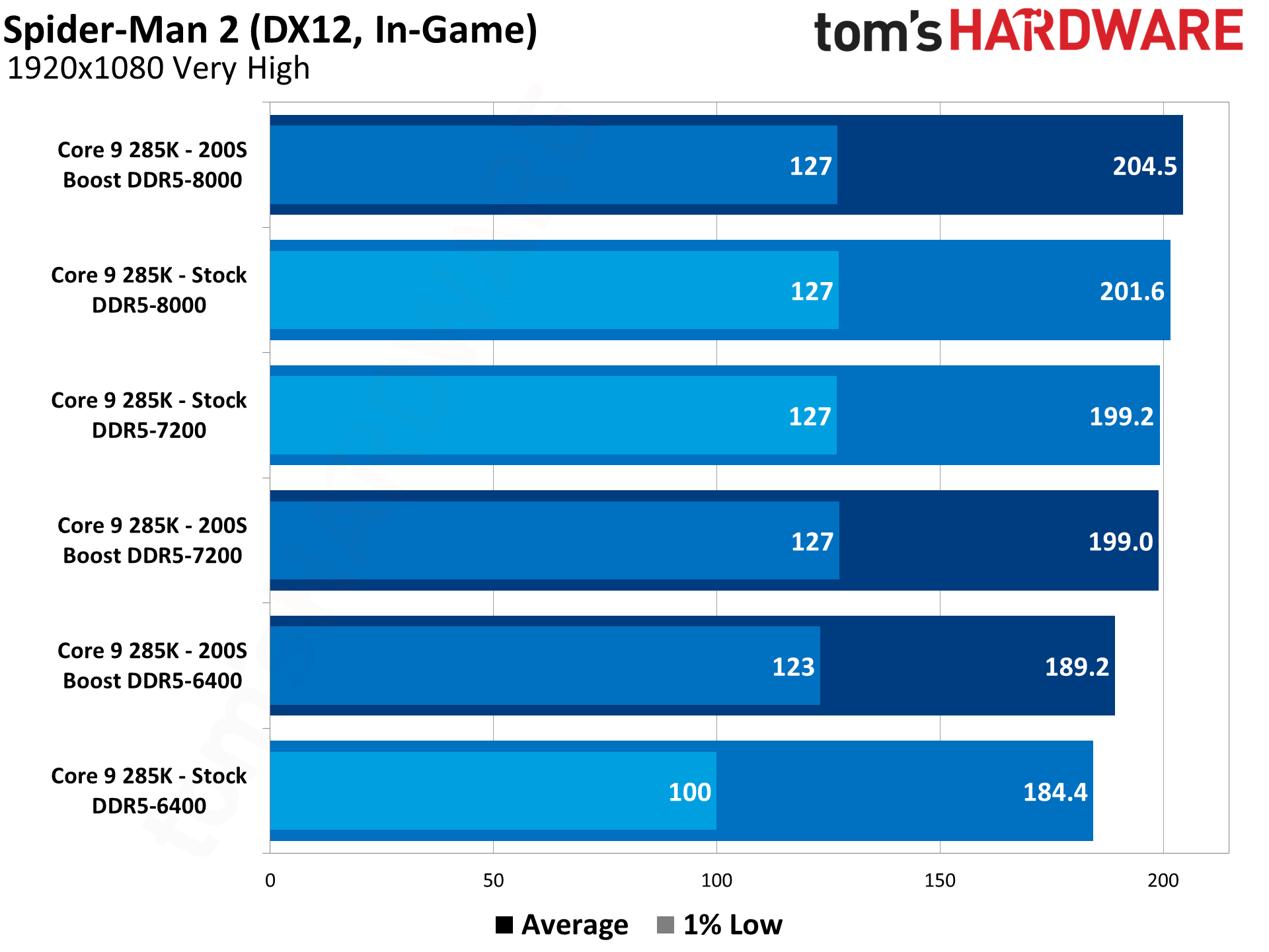

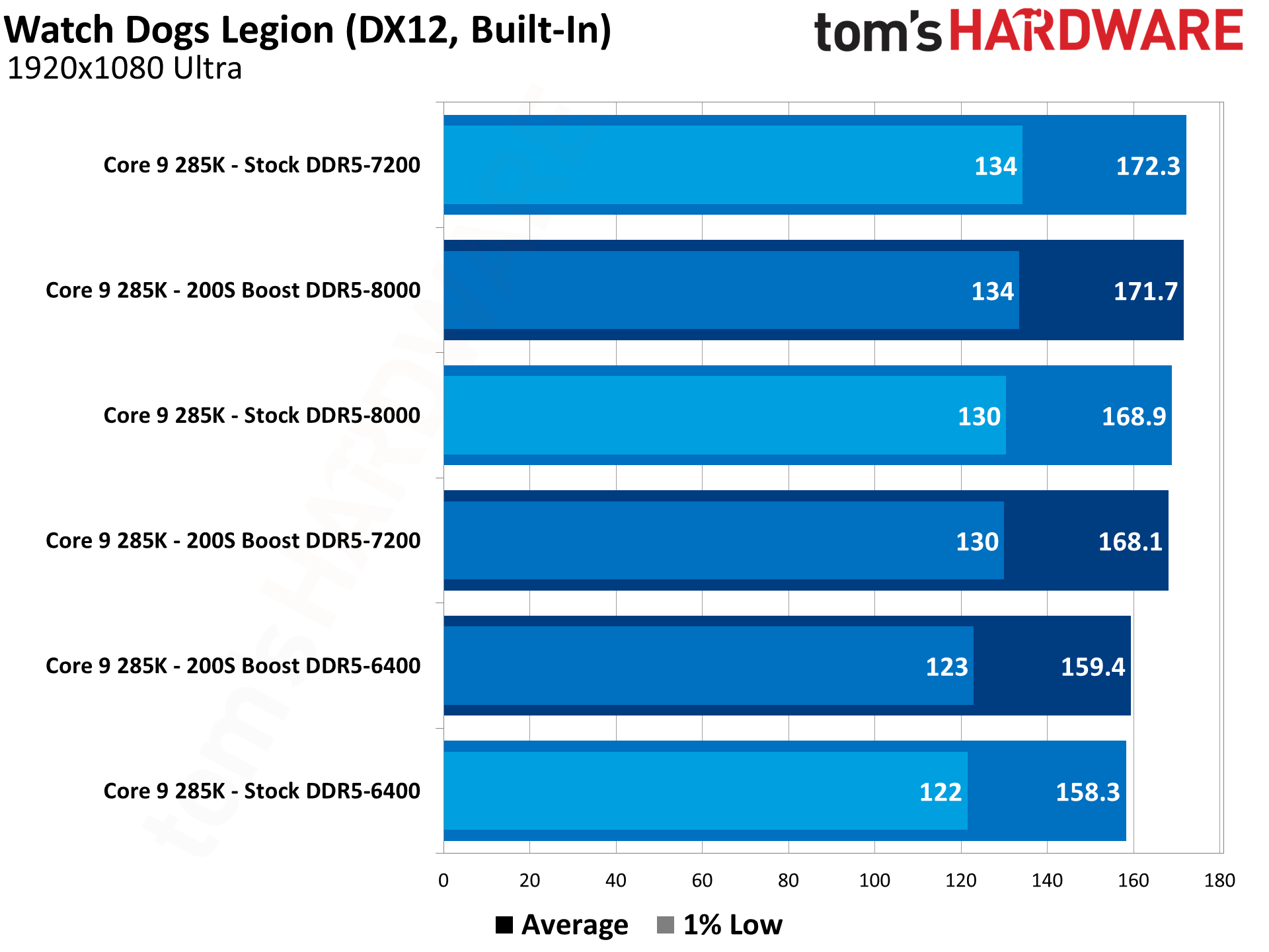
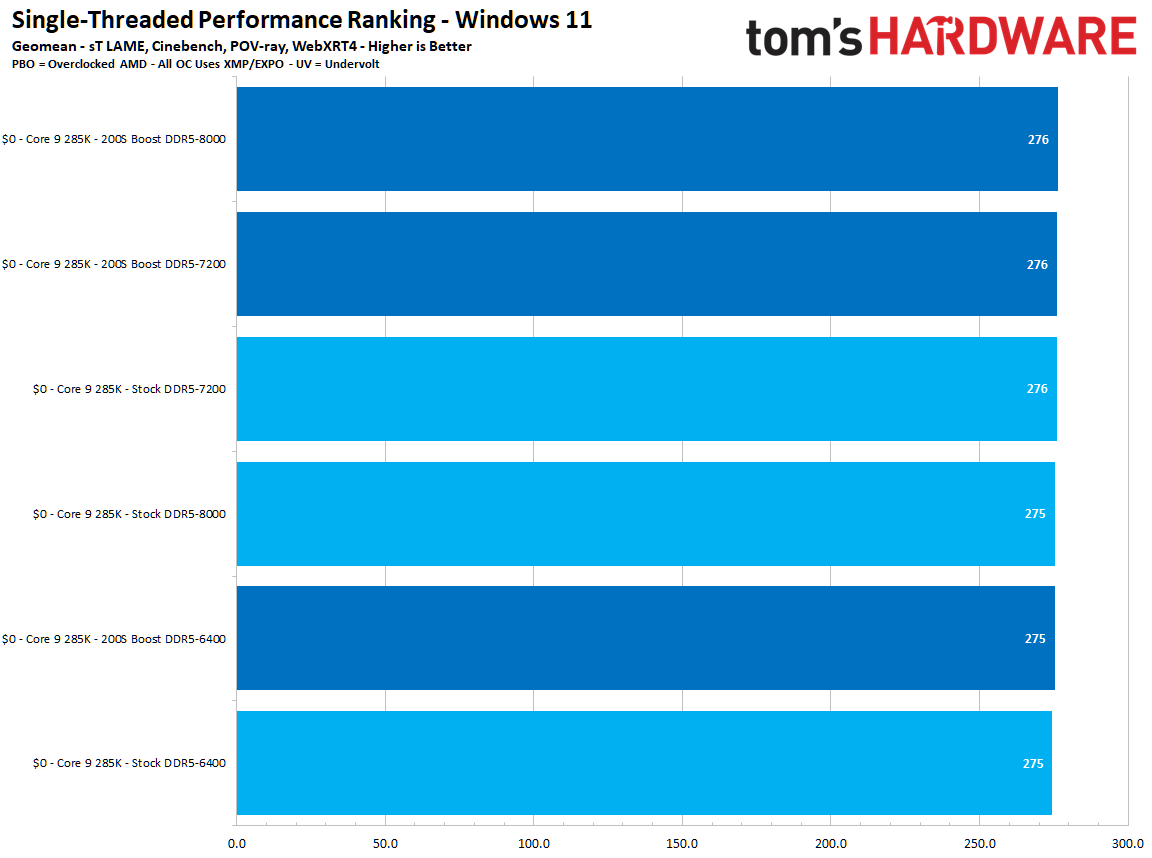
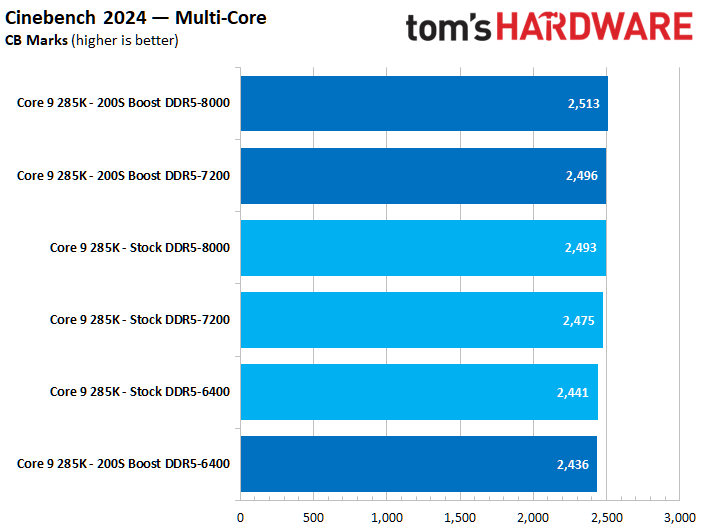
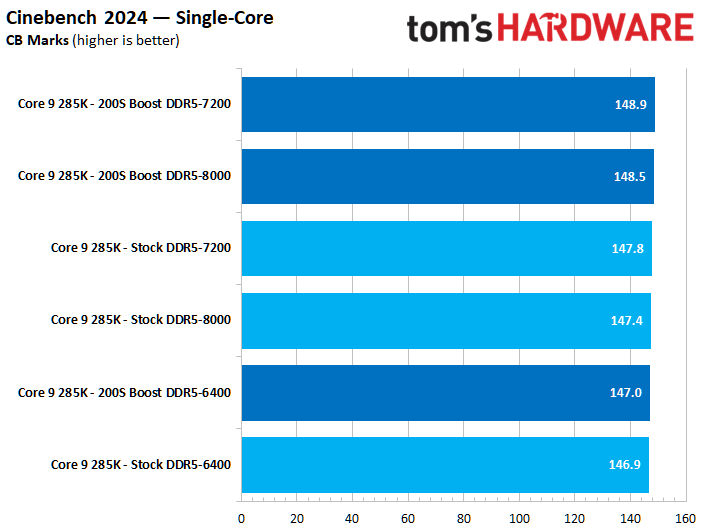
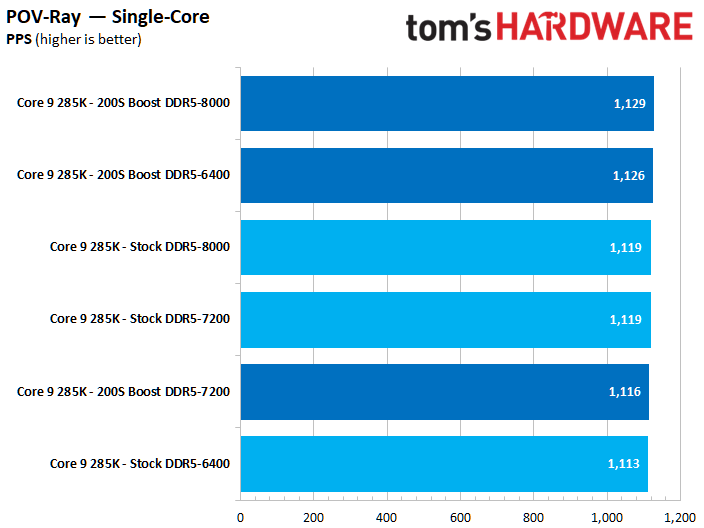
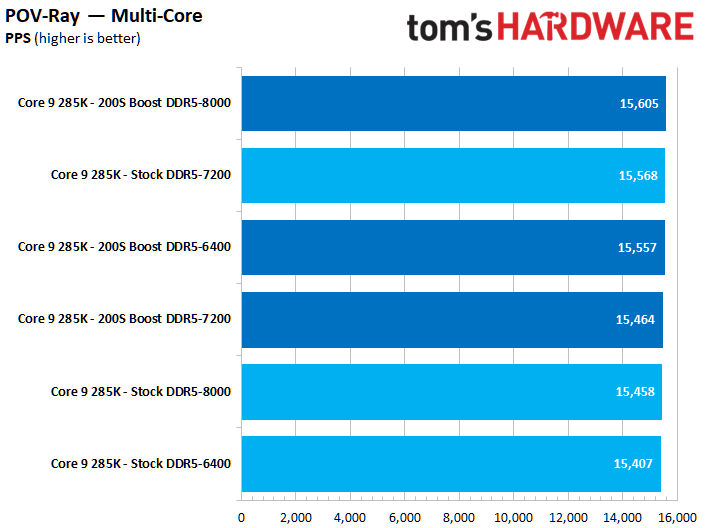
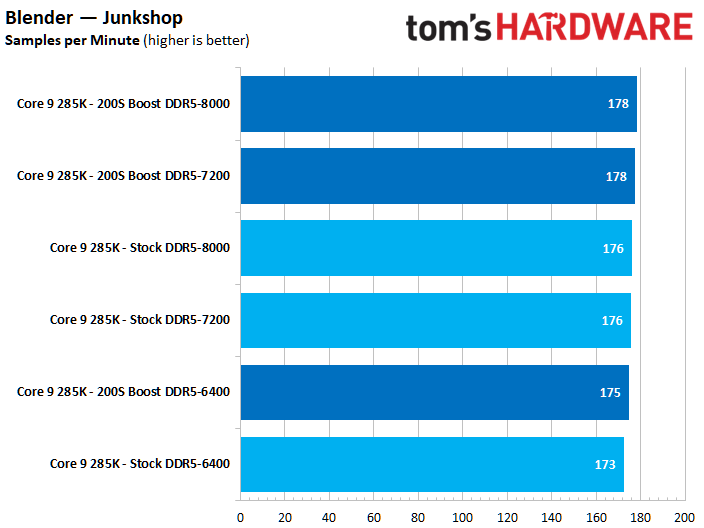
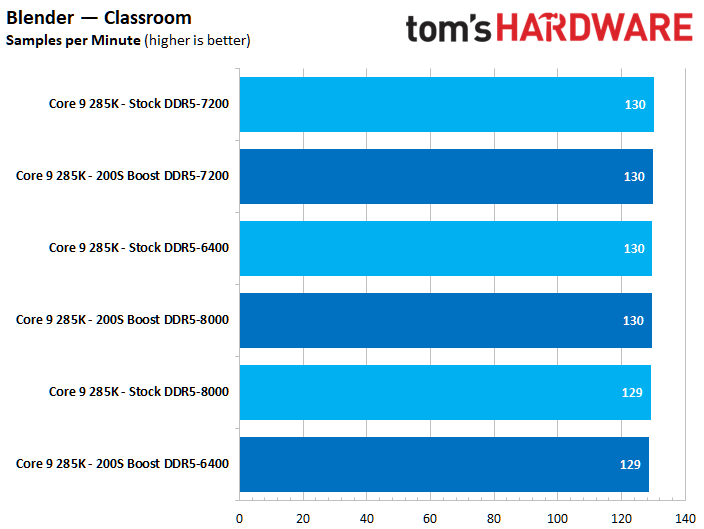
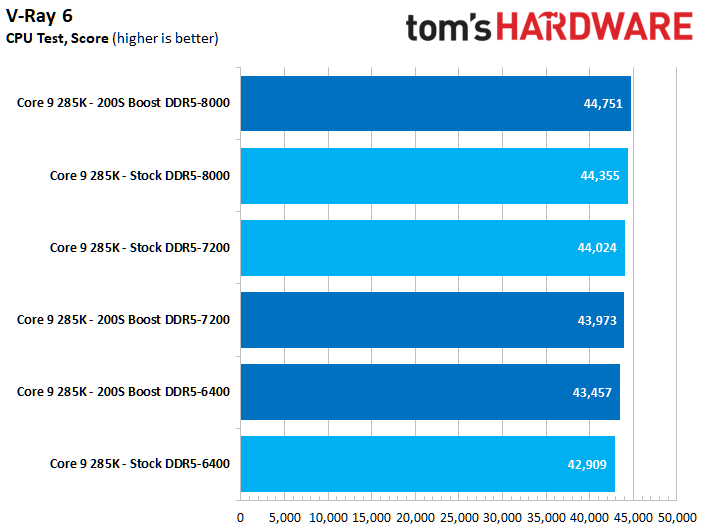
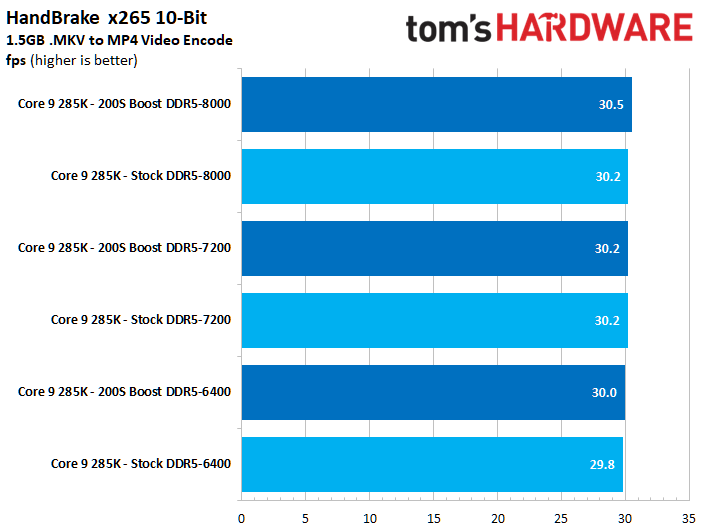

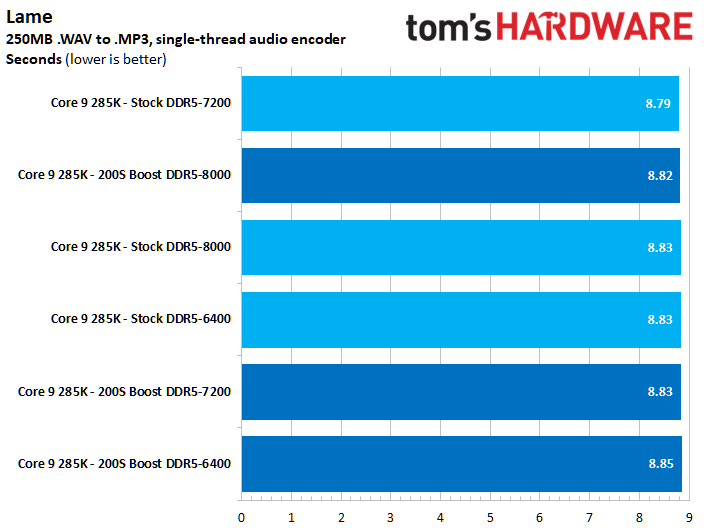
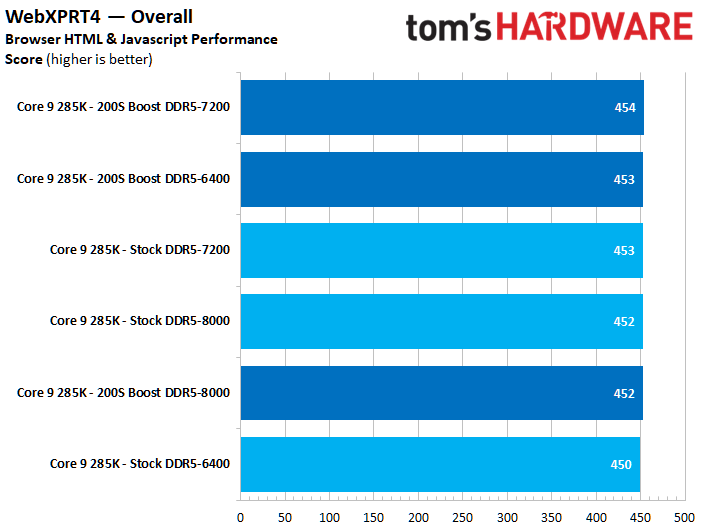
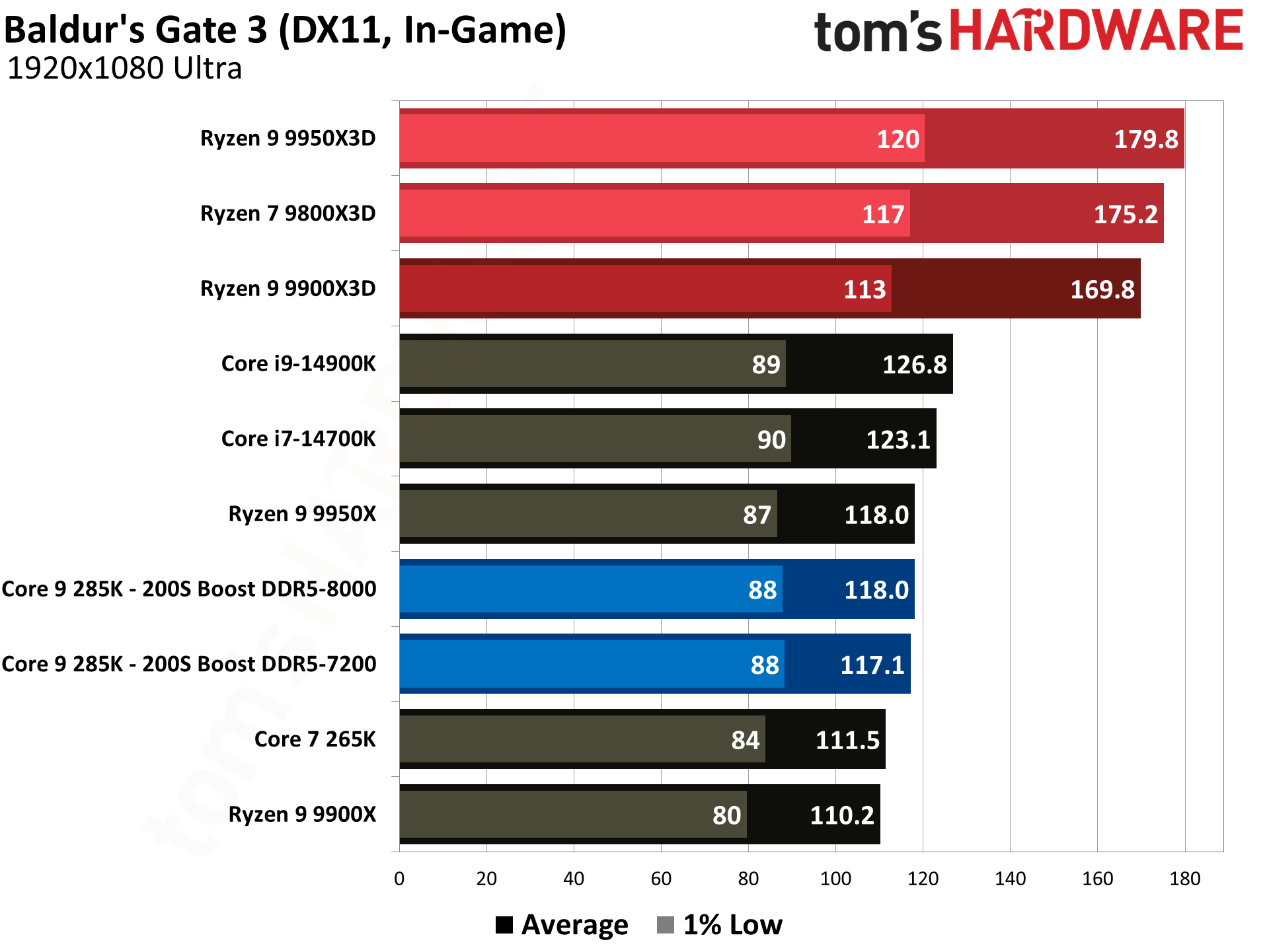
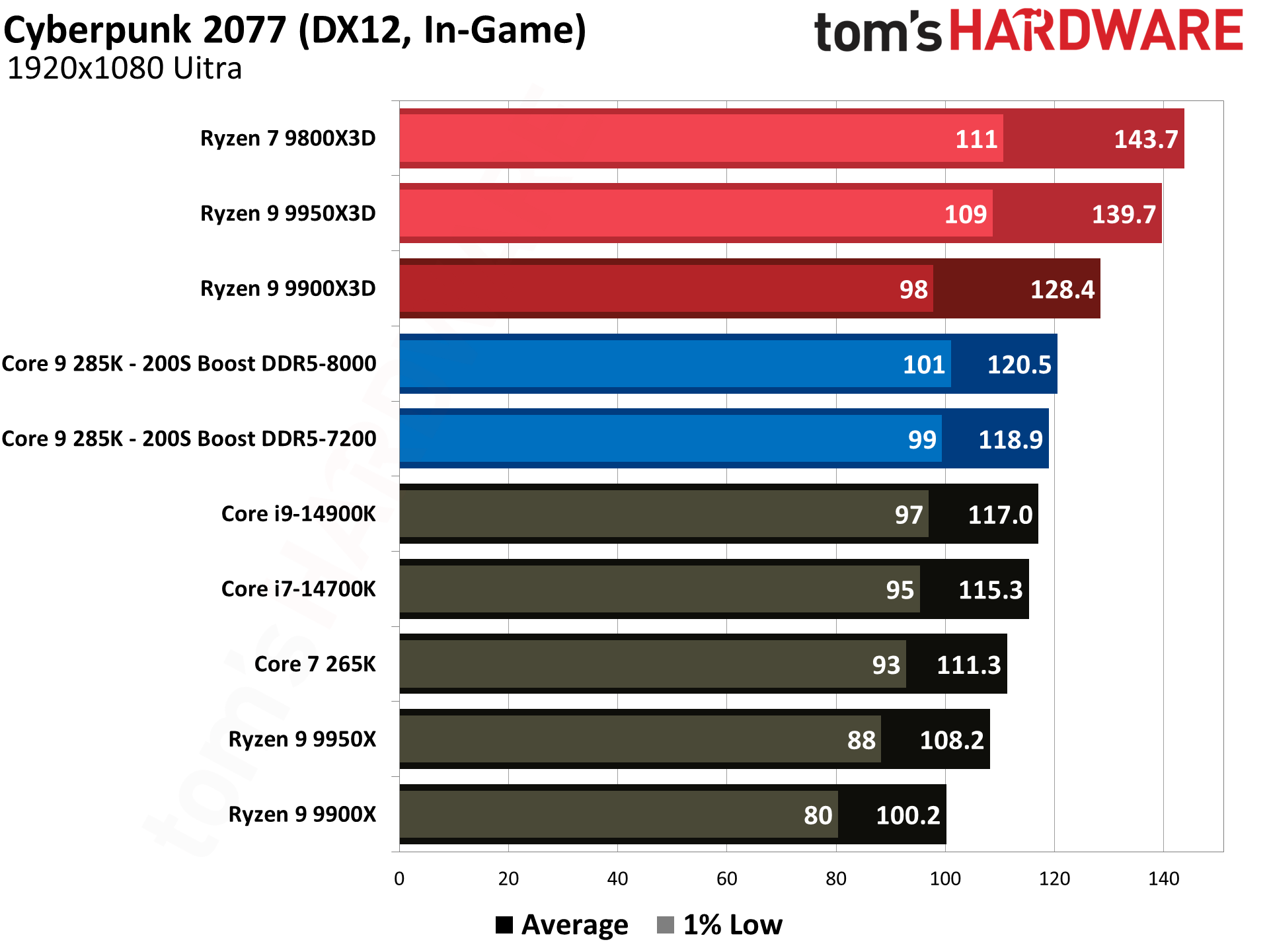

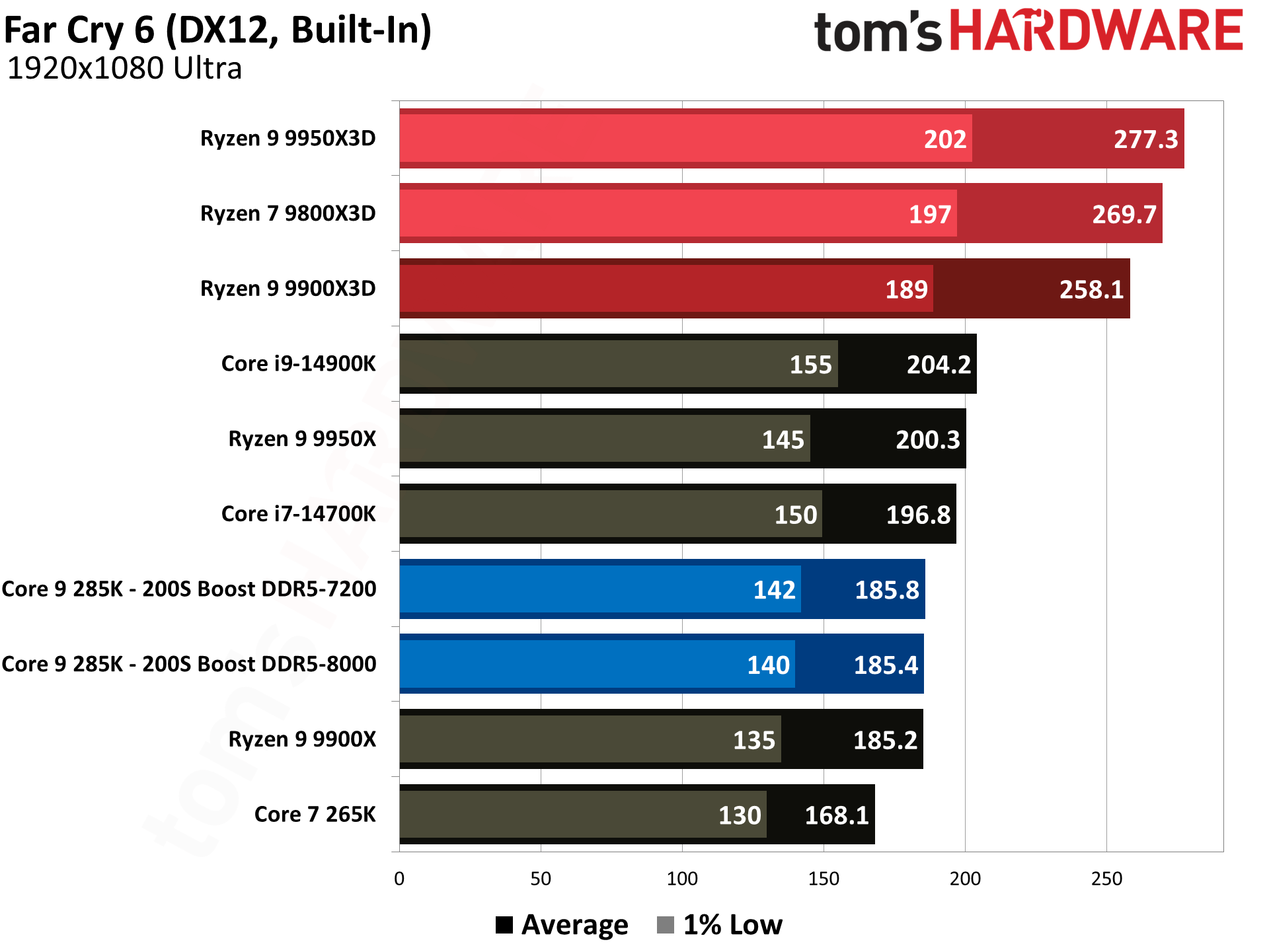

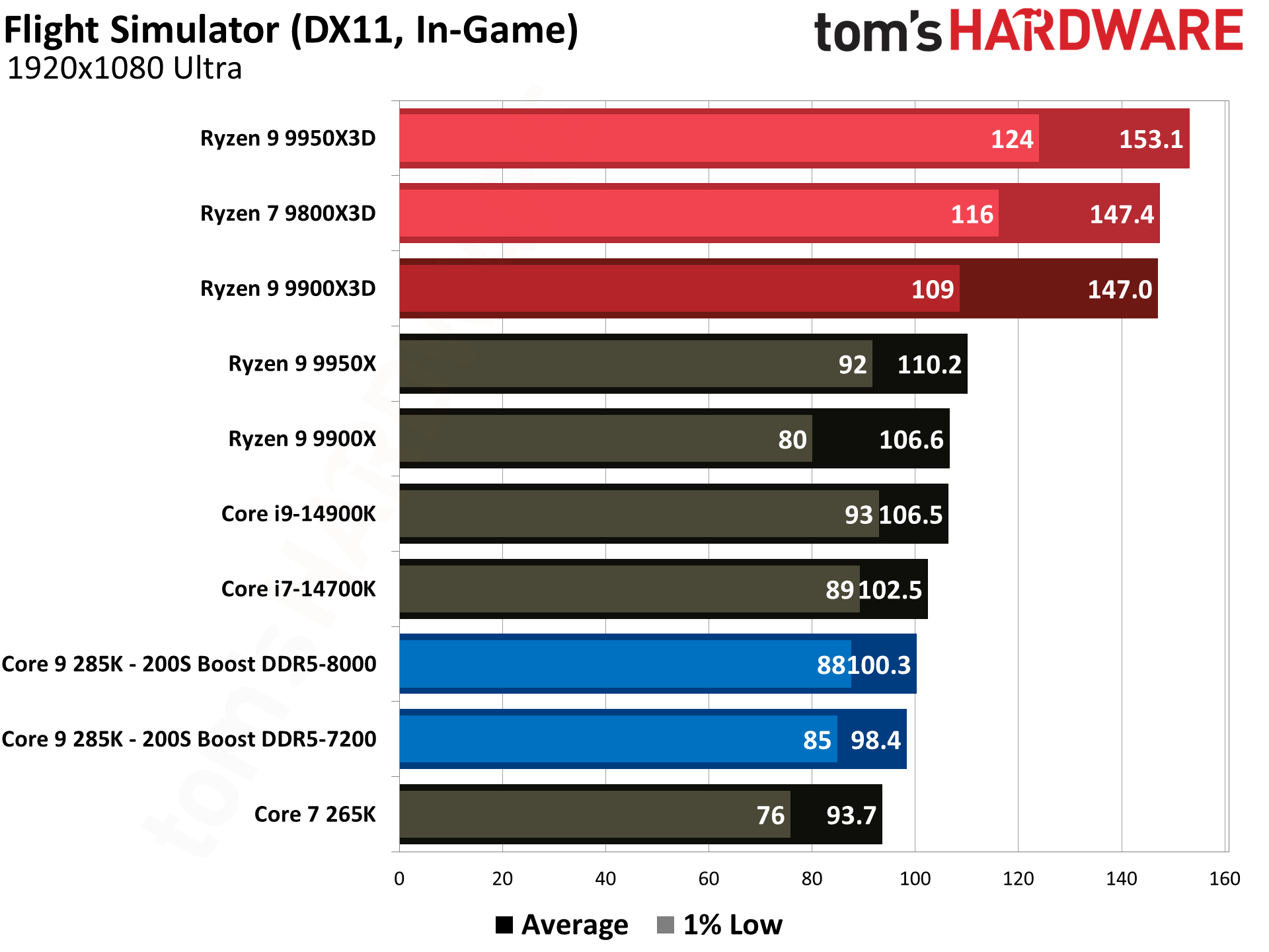
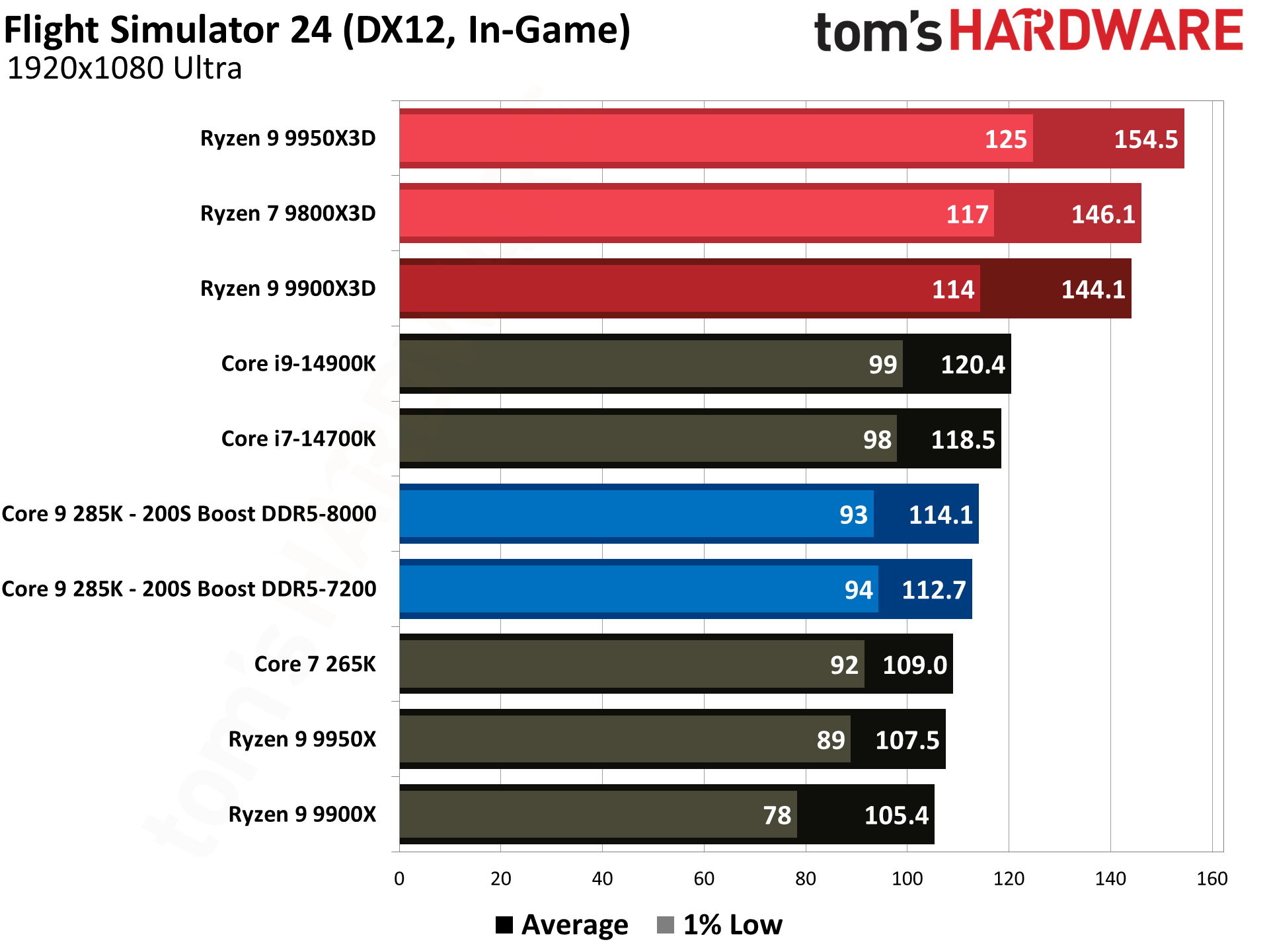

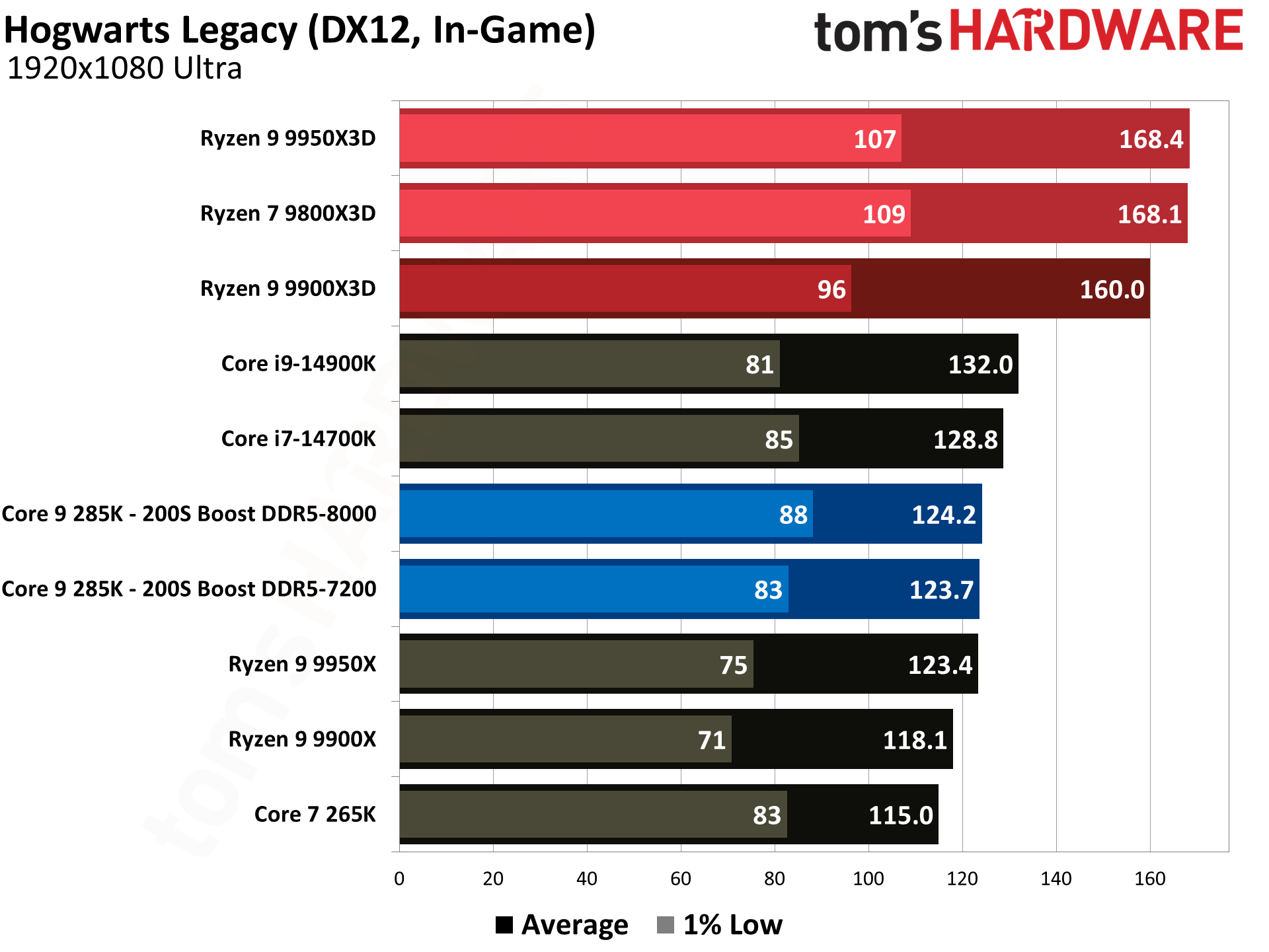
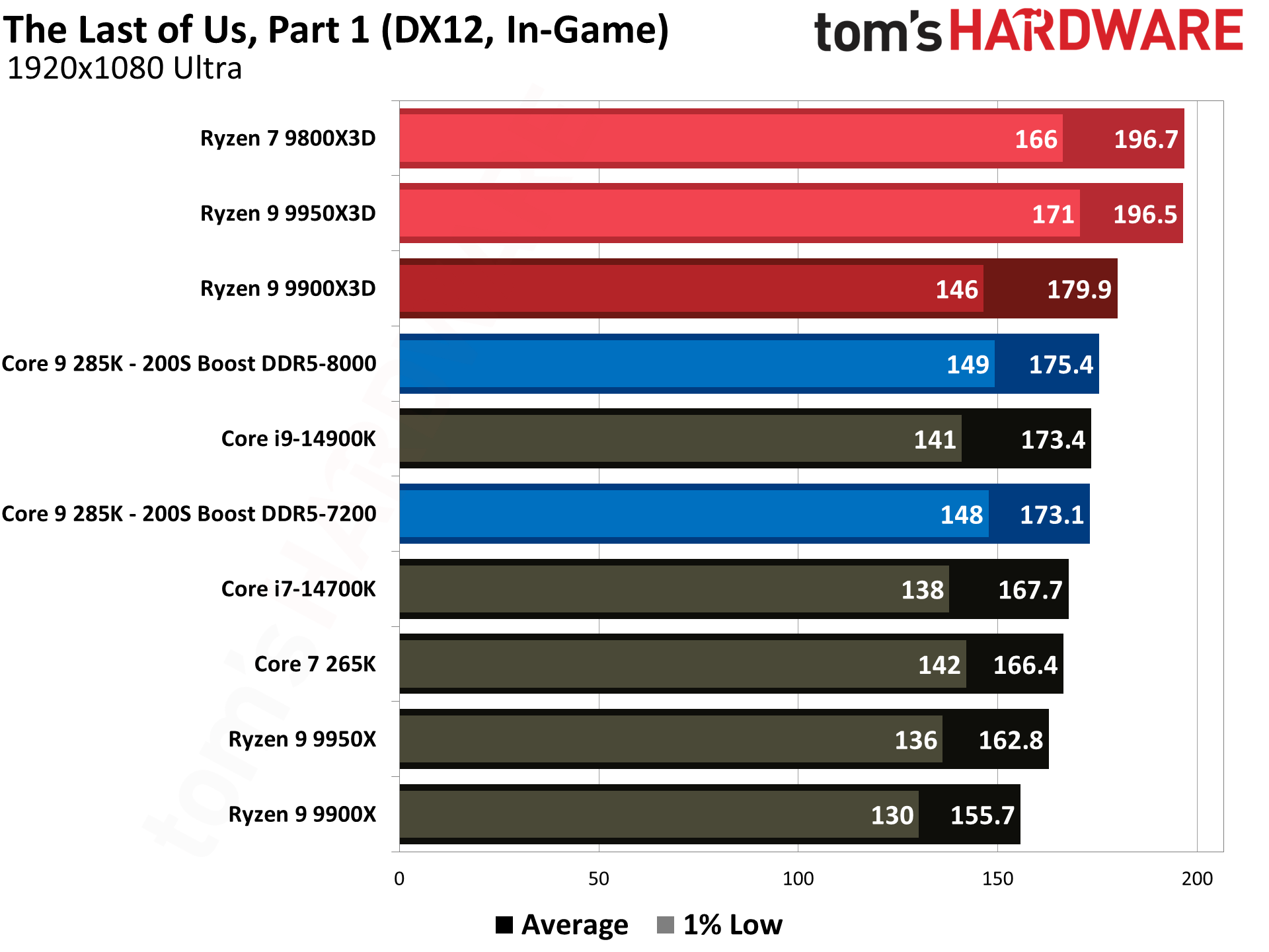
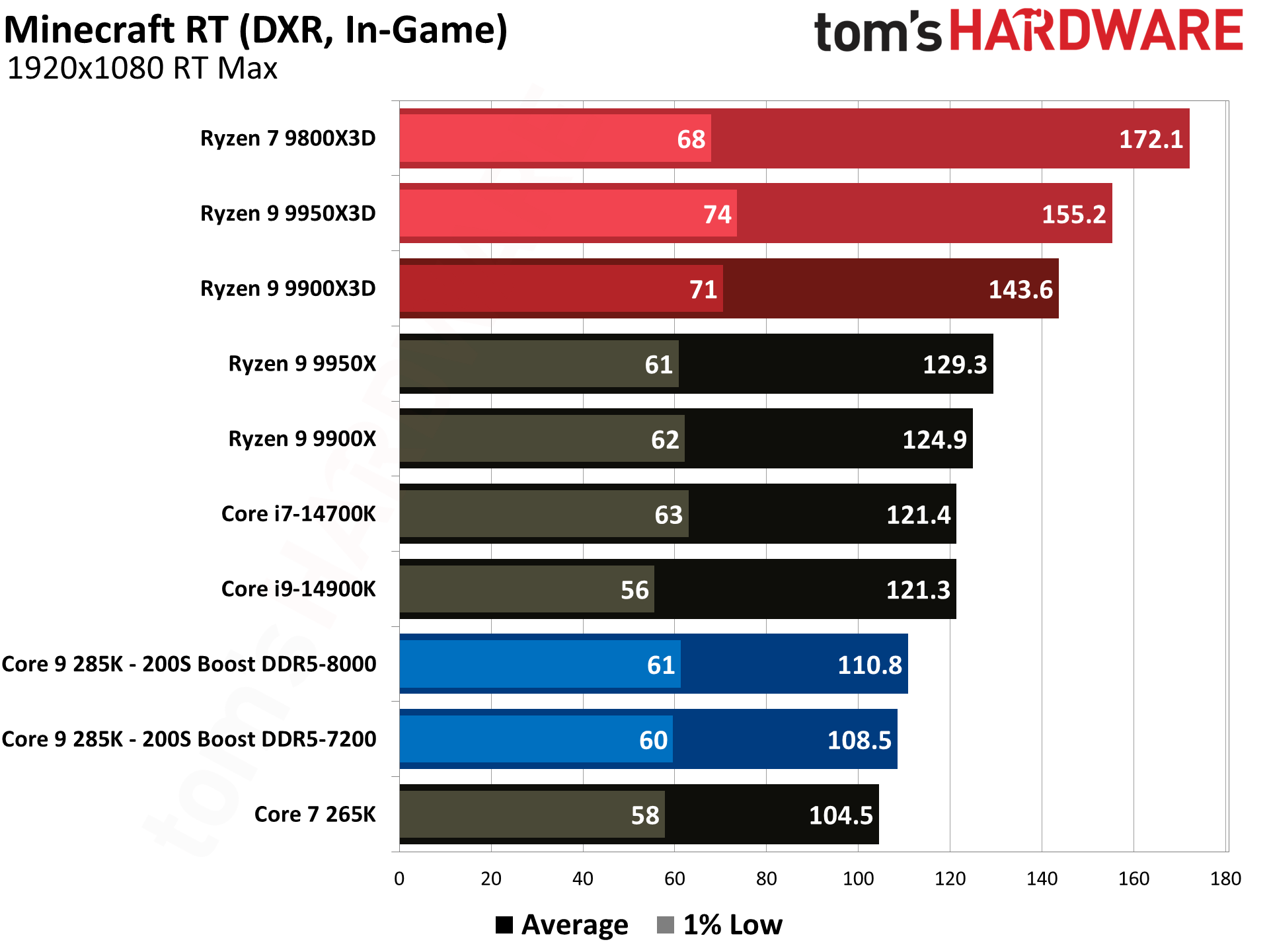
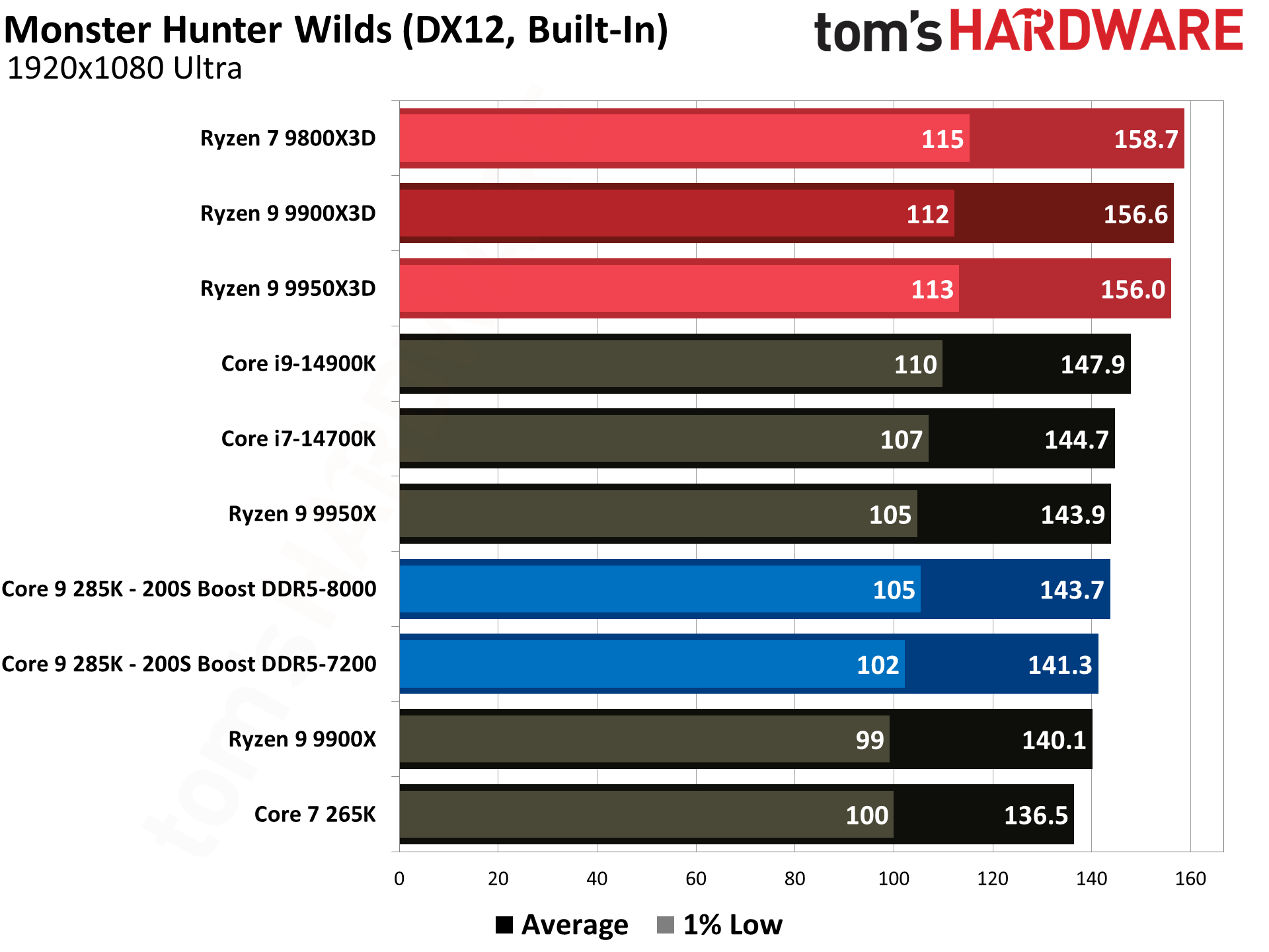
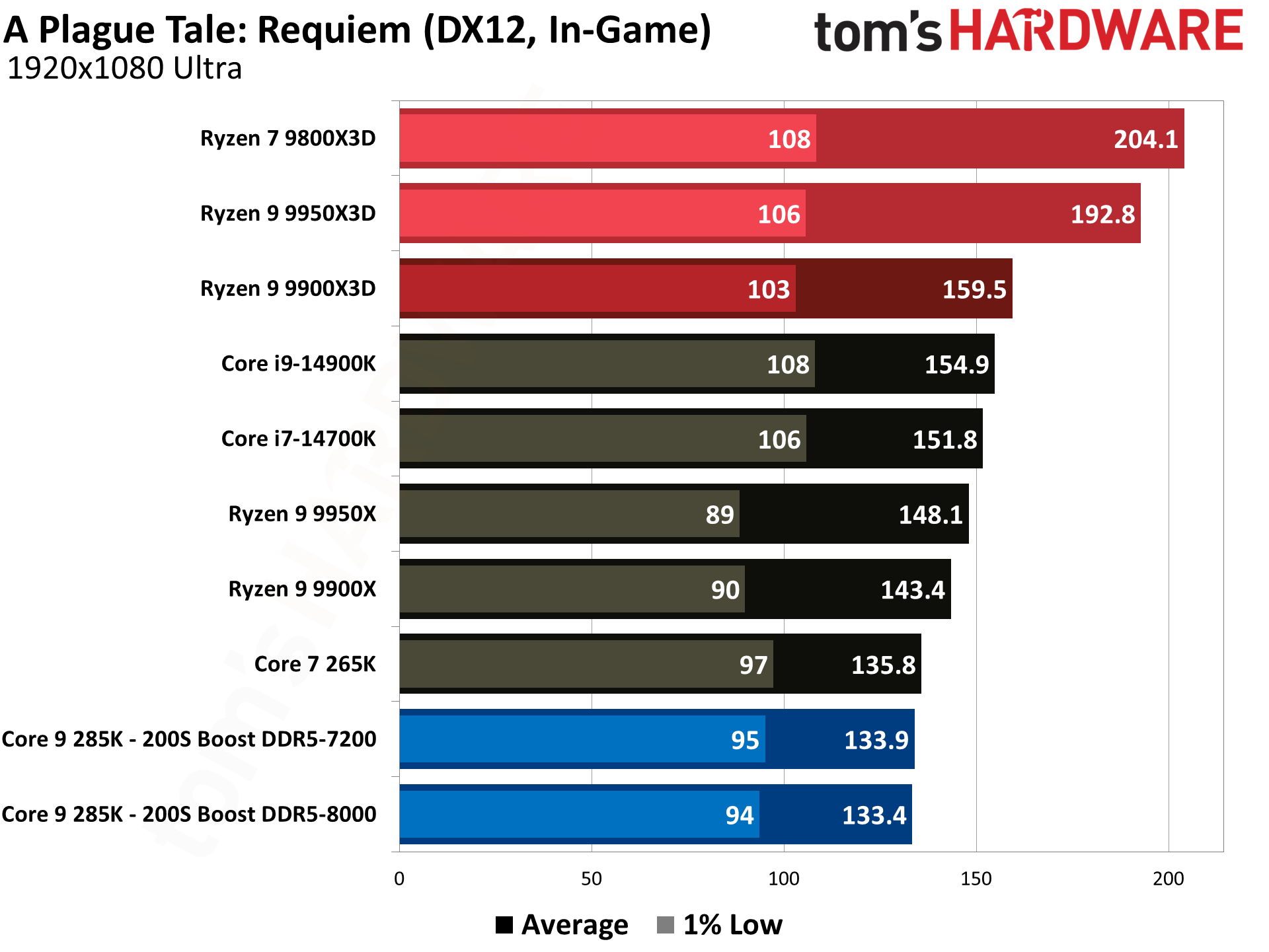
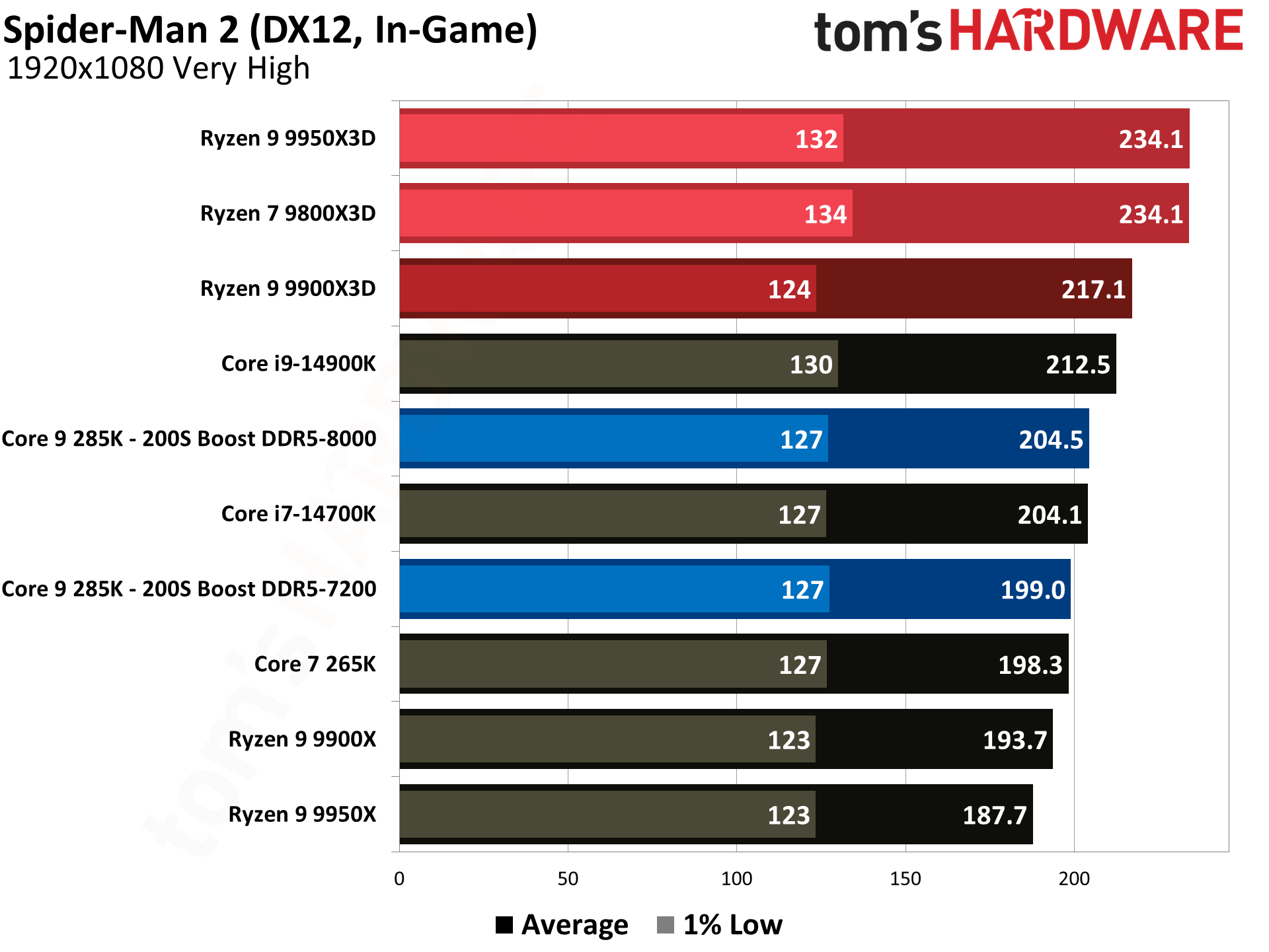
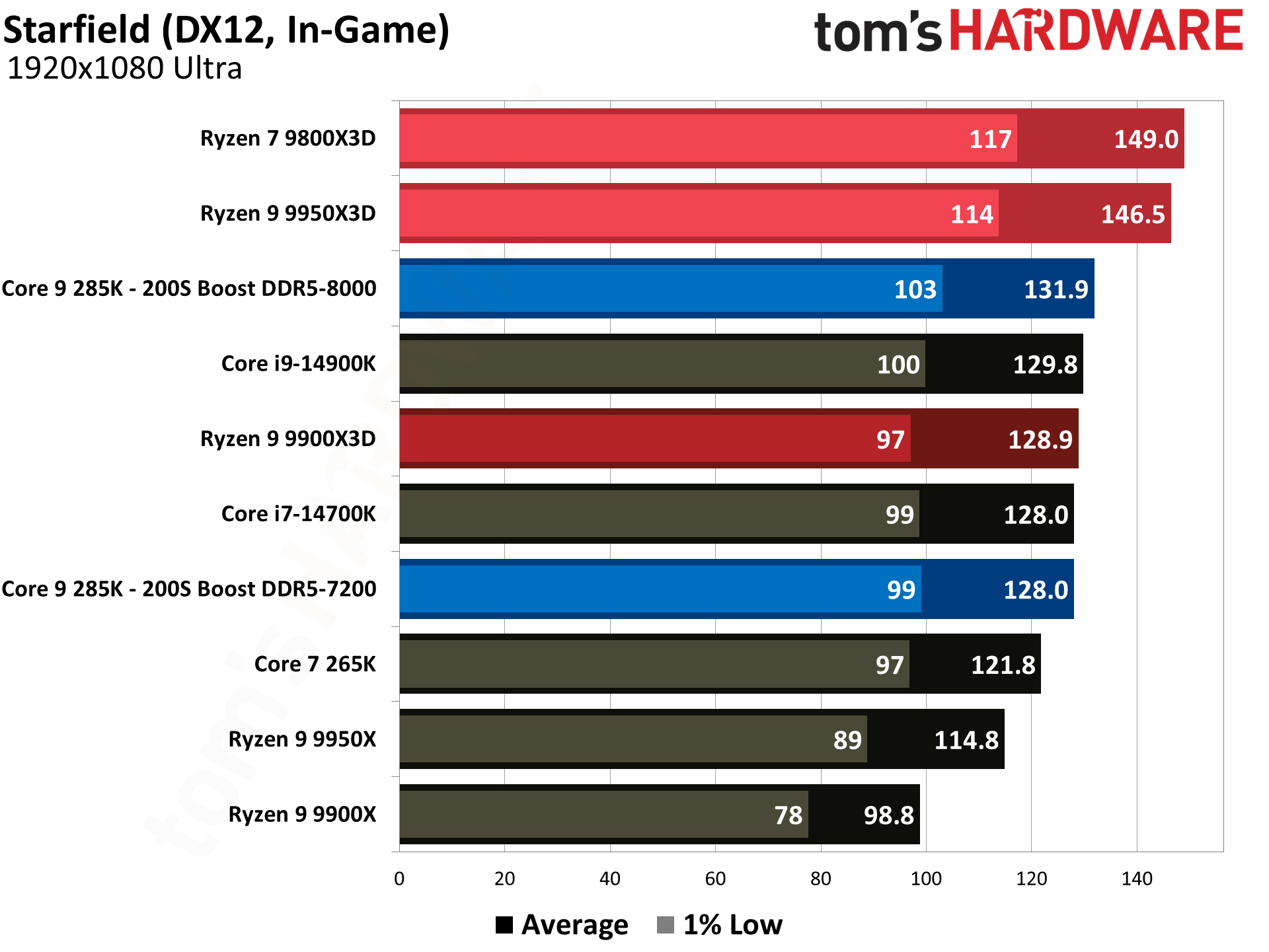
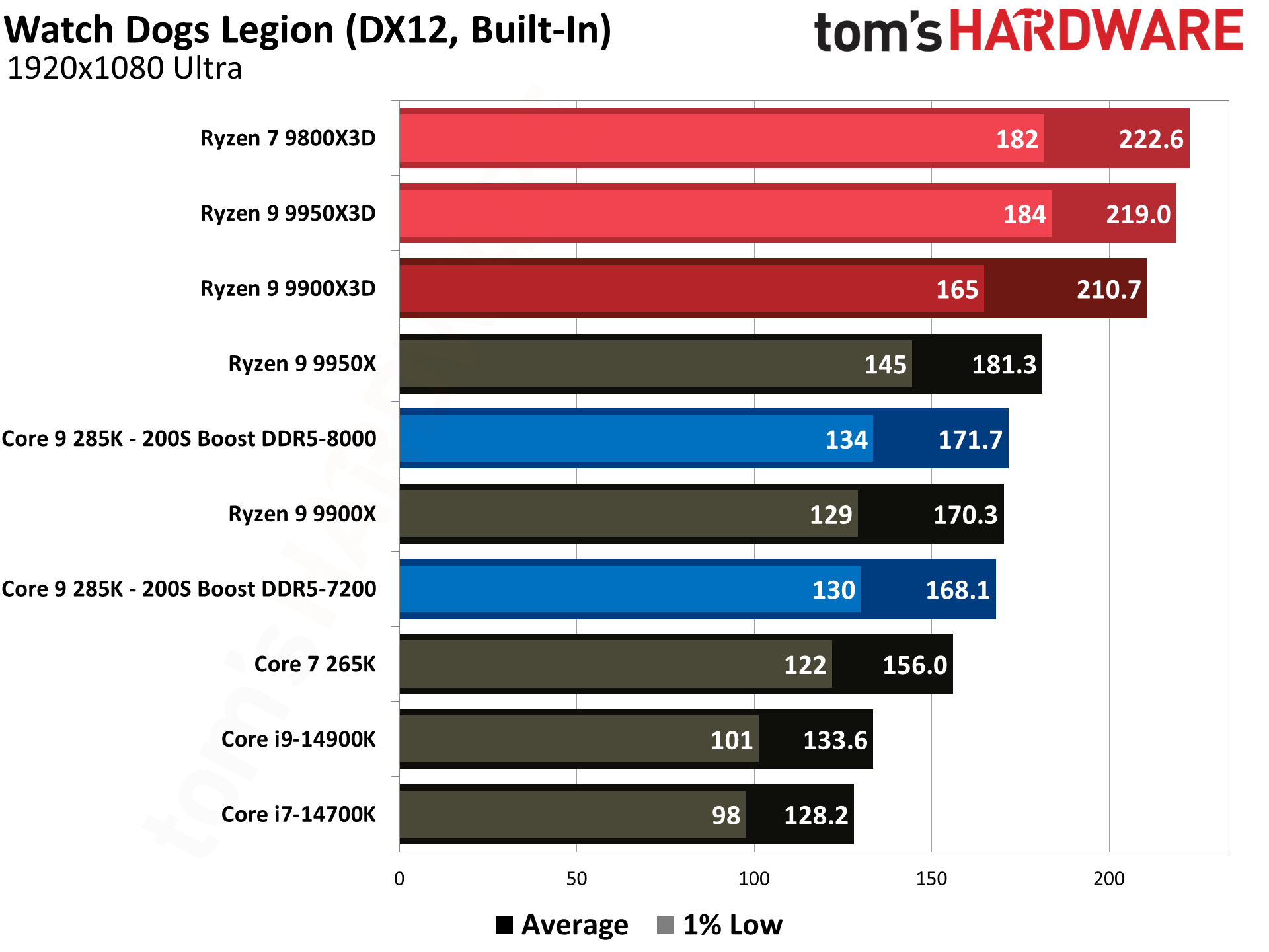
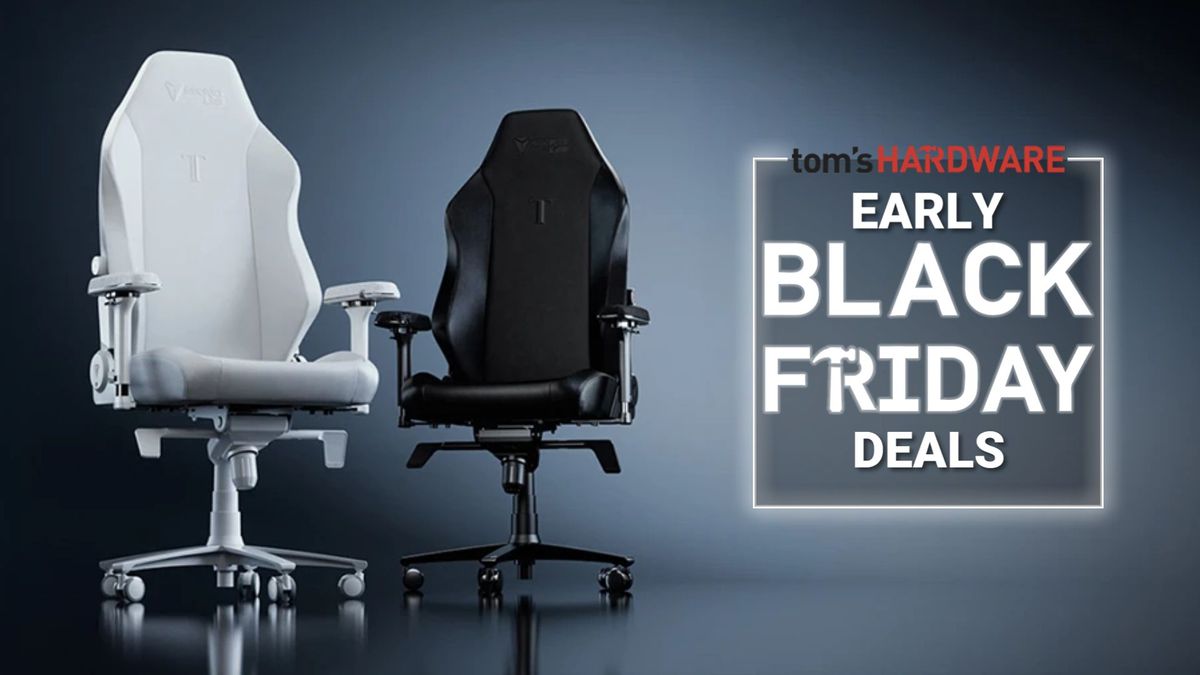
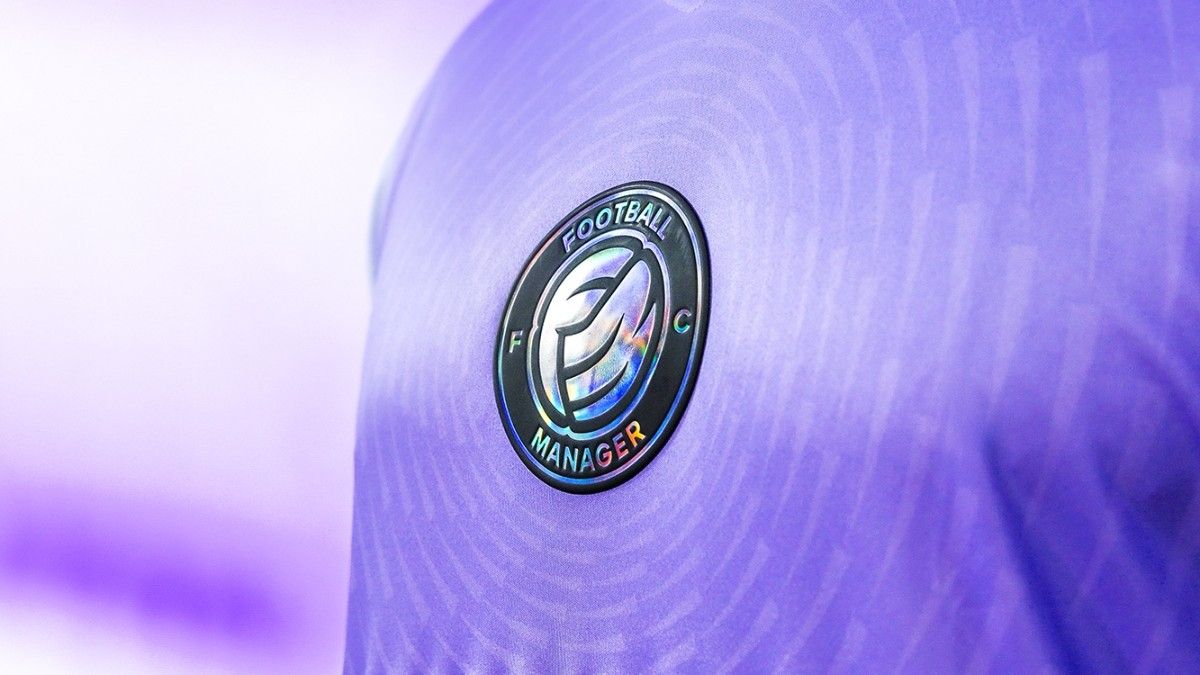

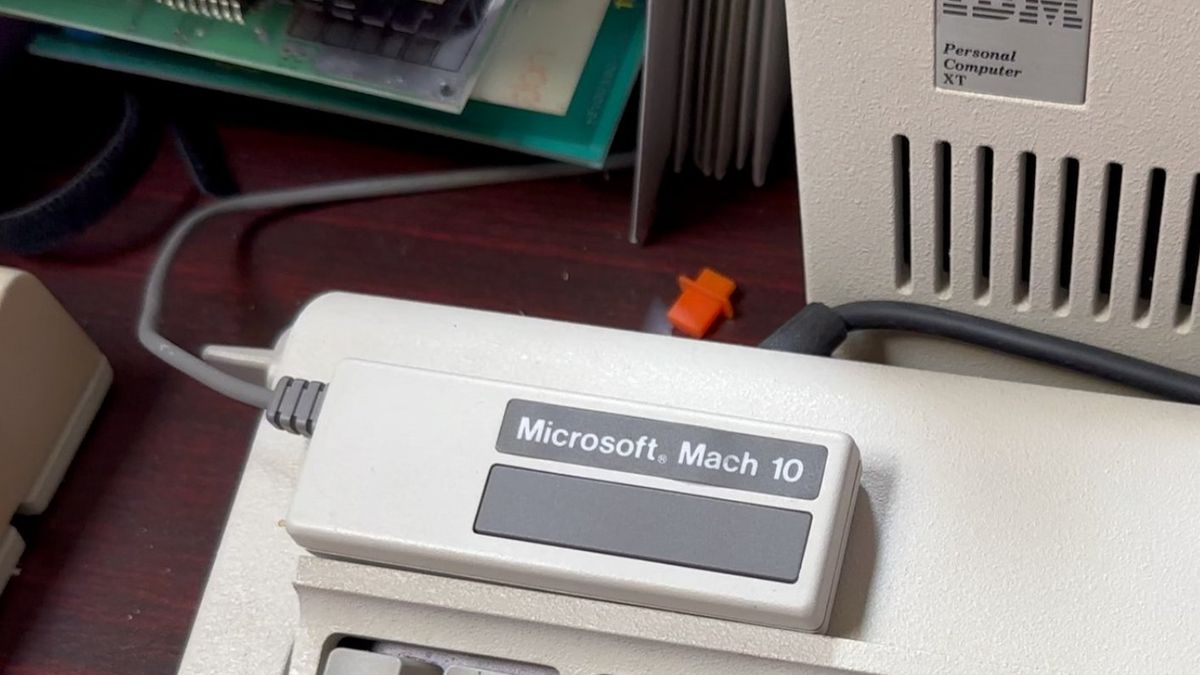



 English (US) ·
English (US) ·